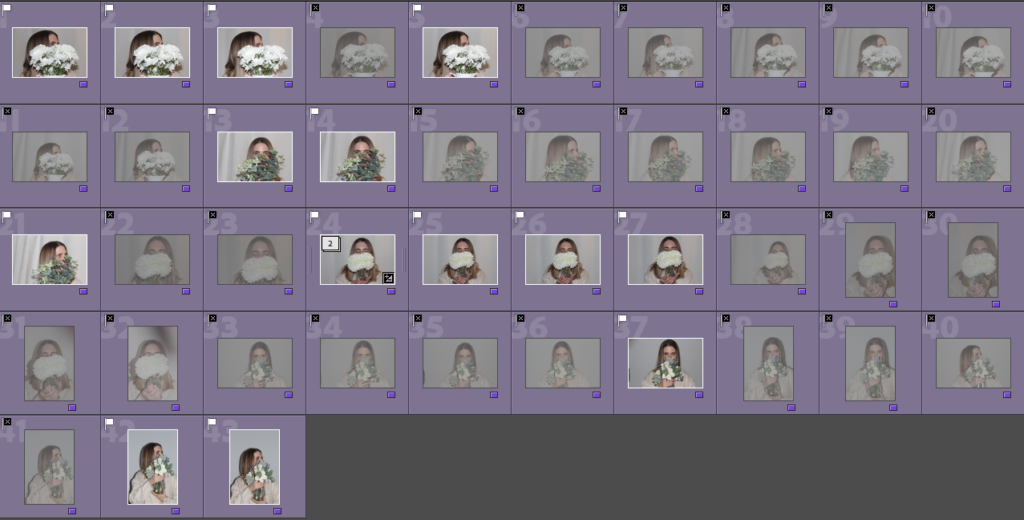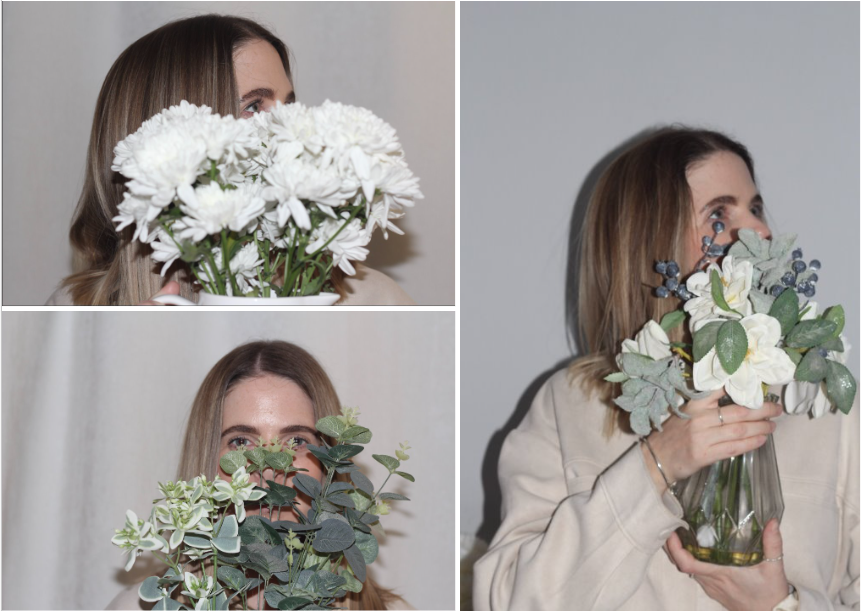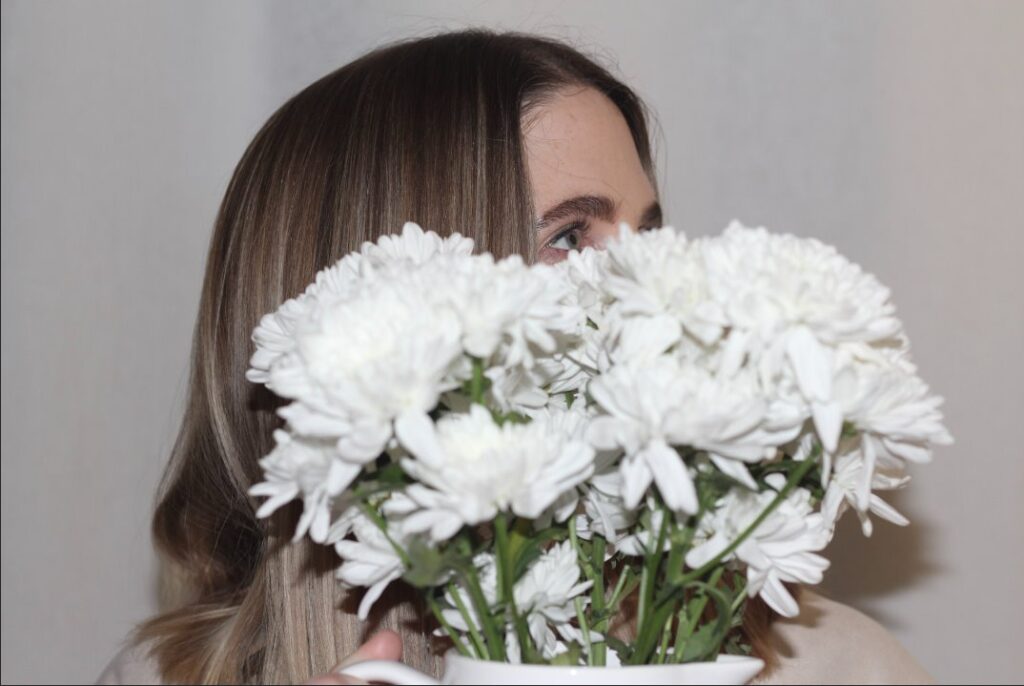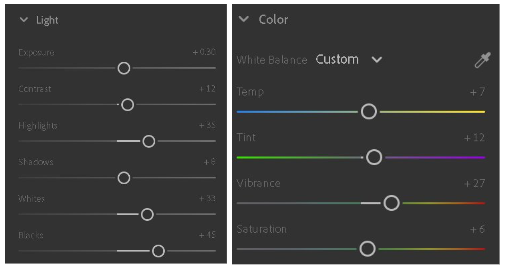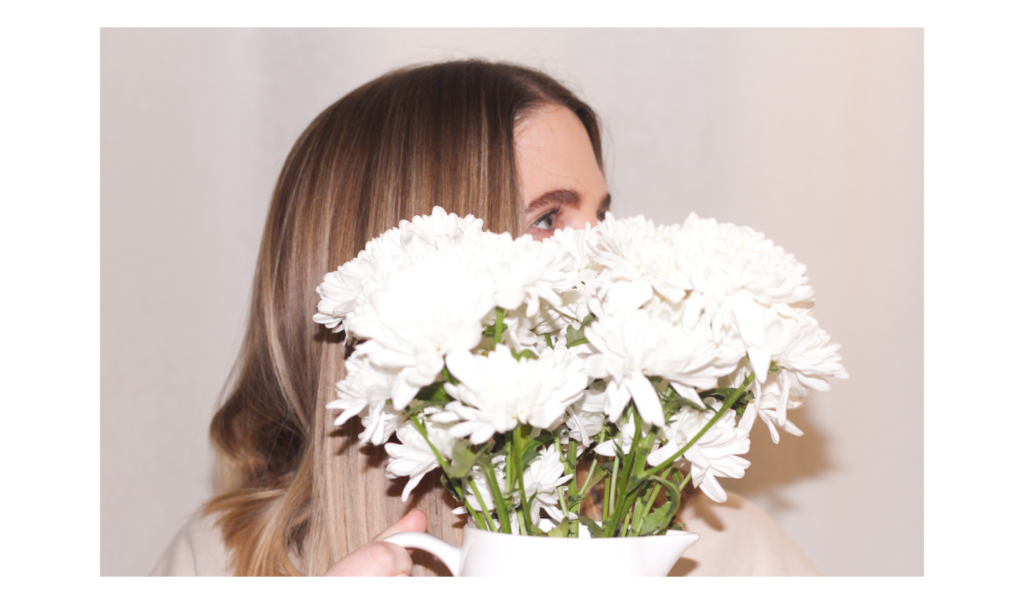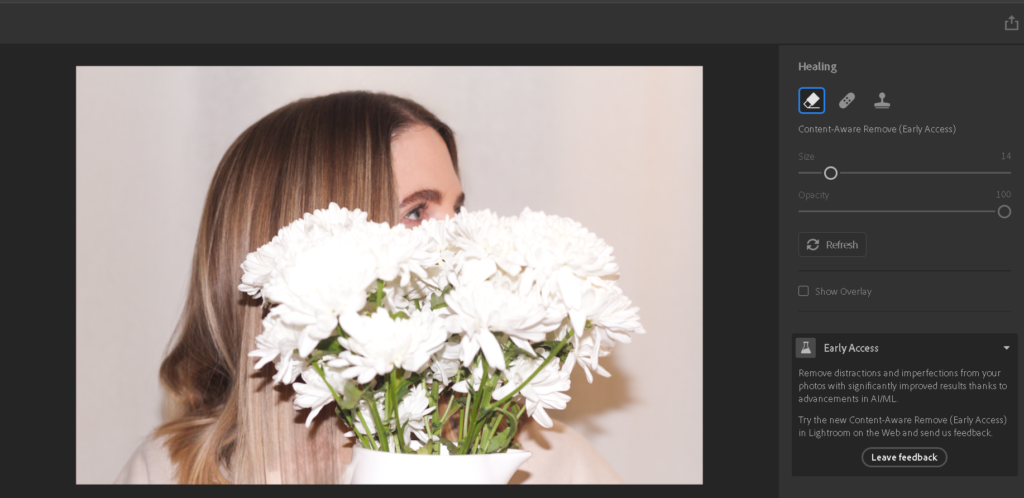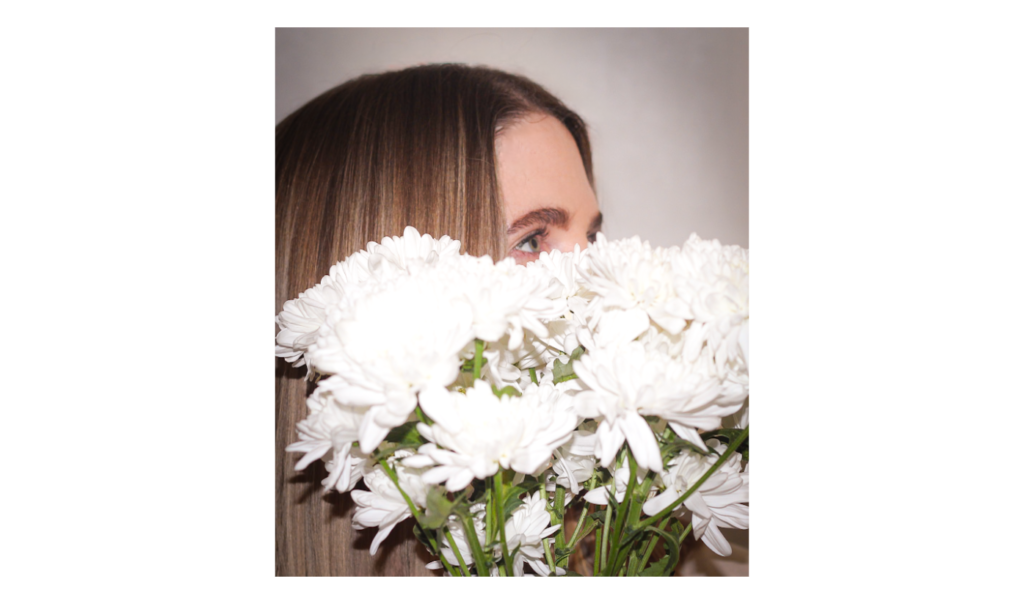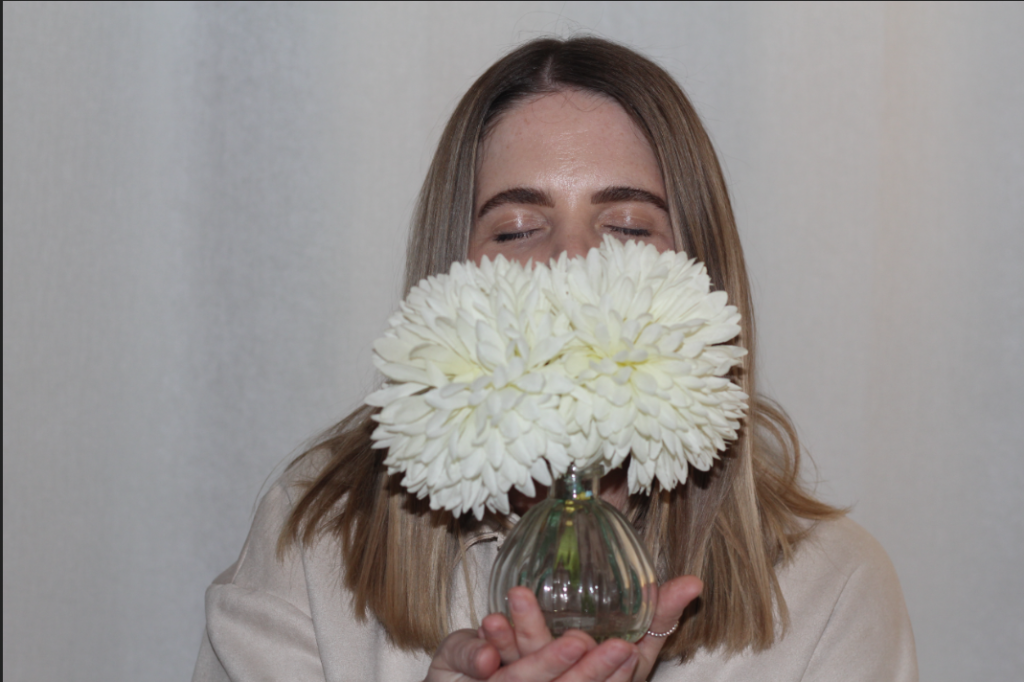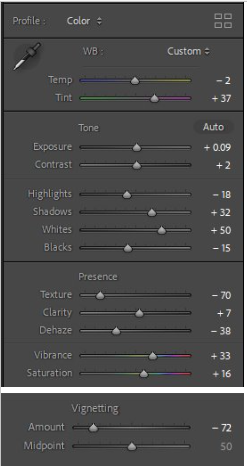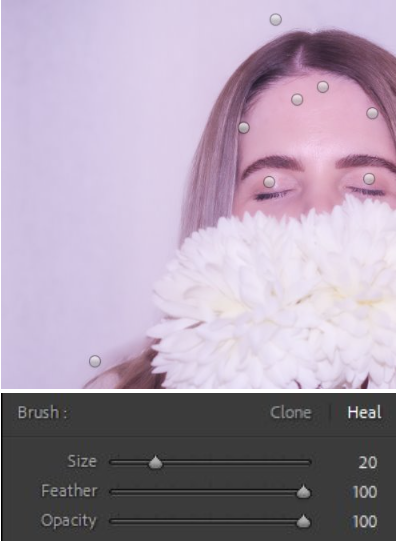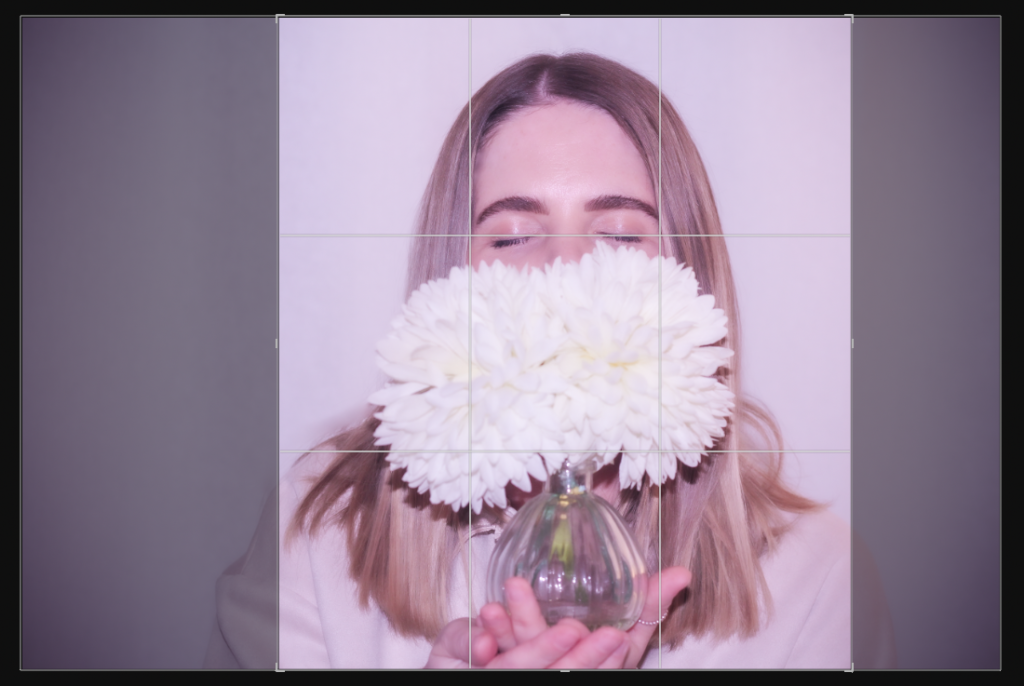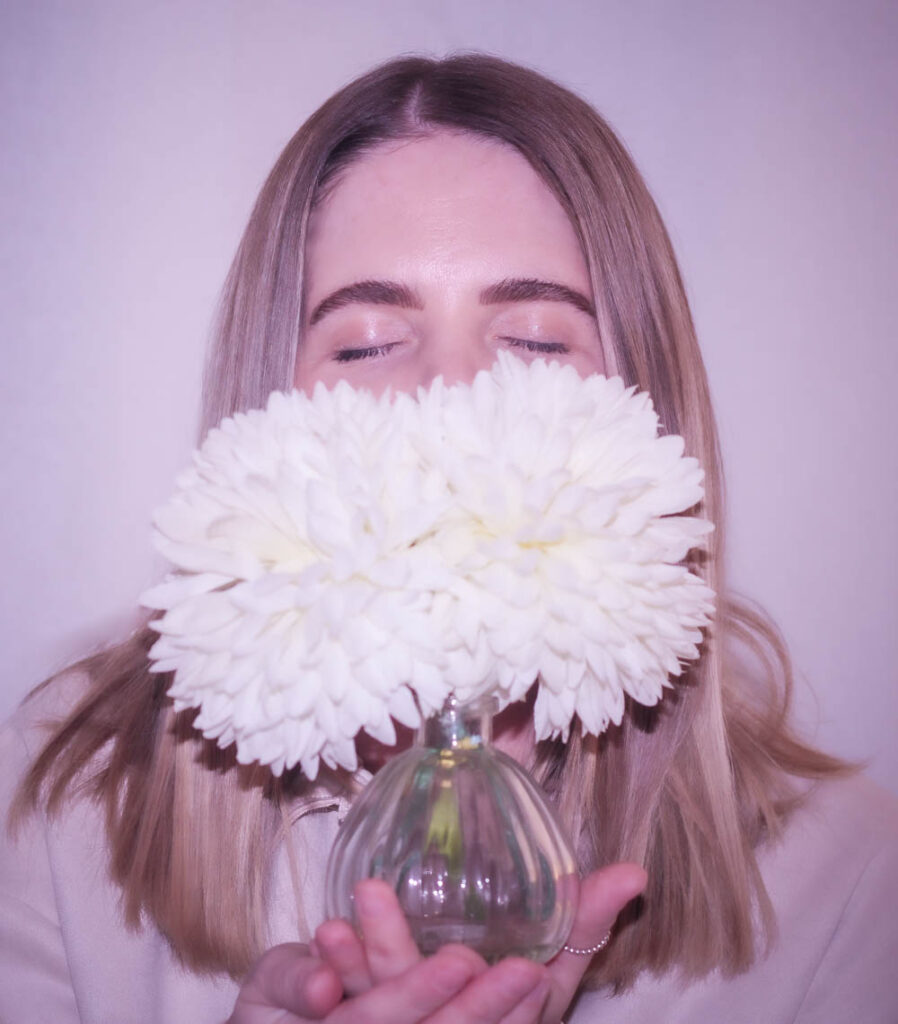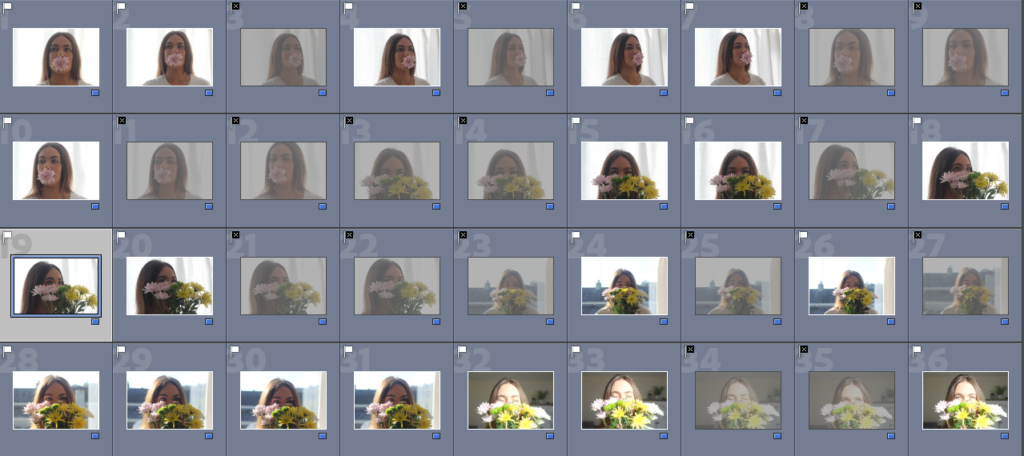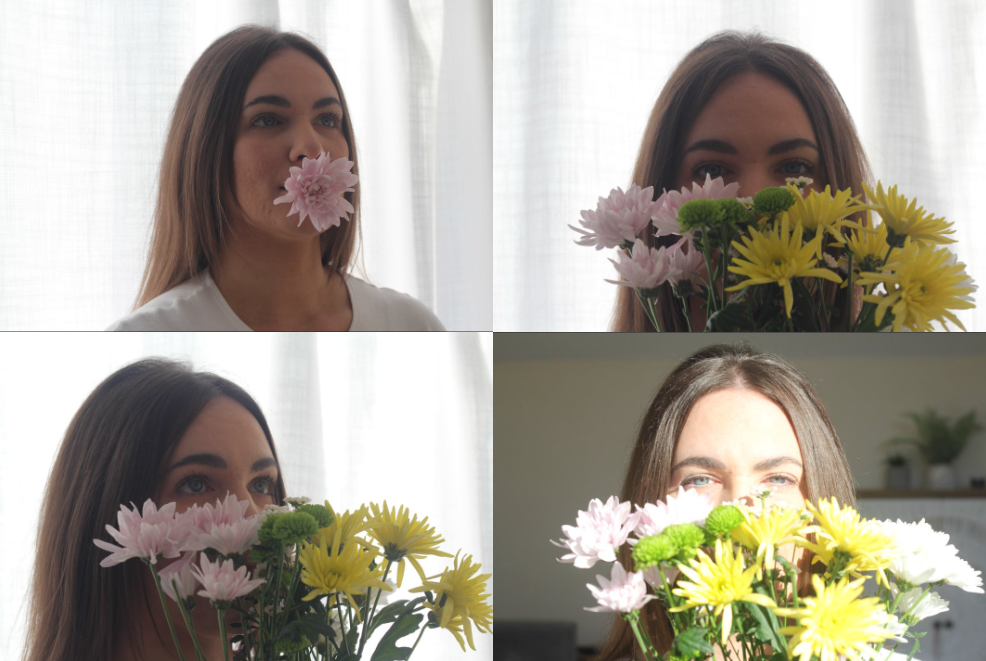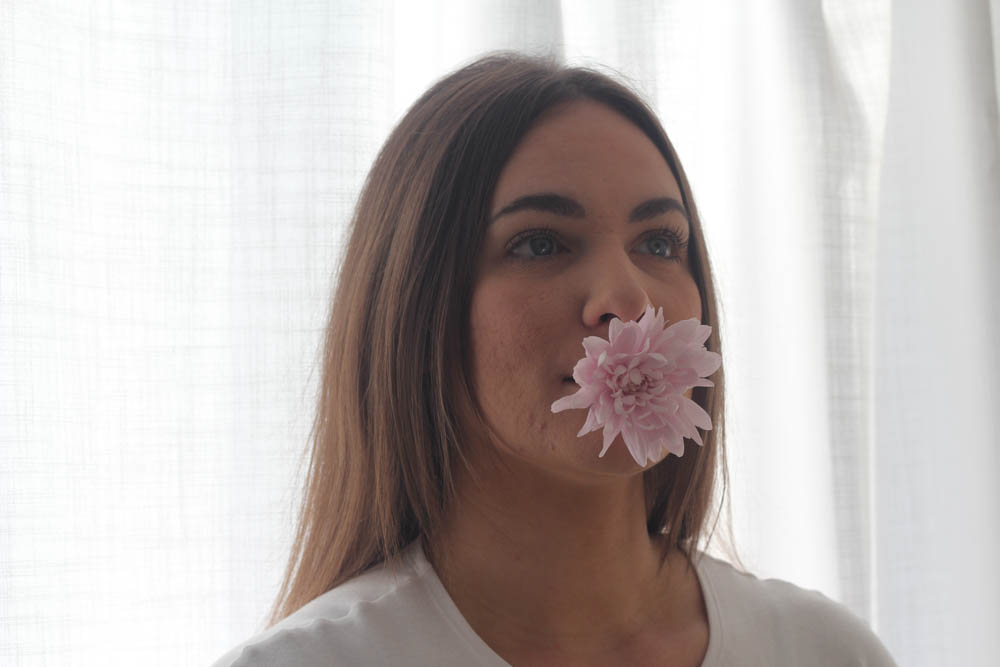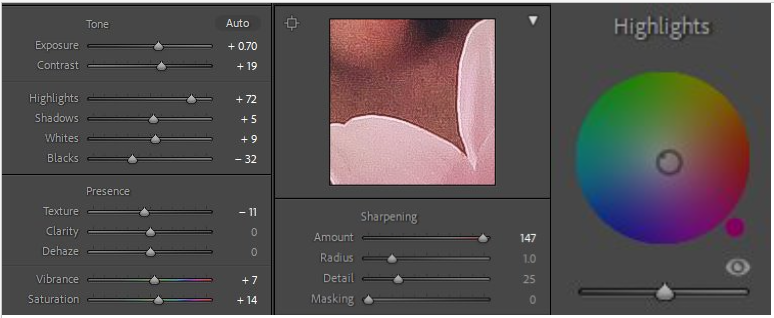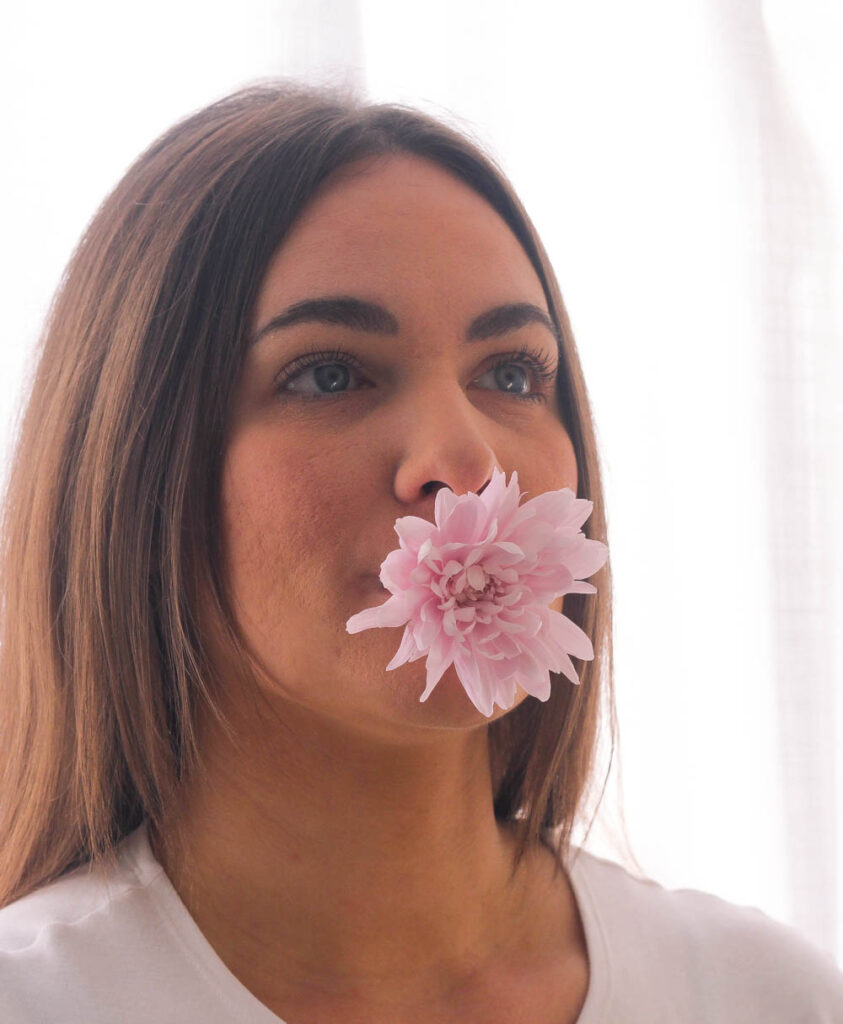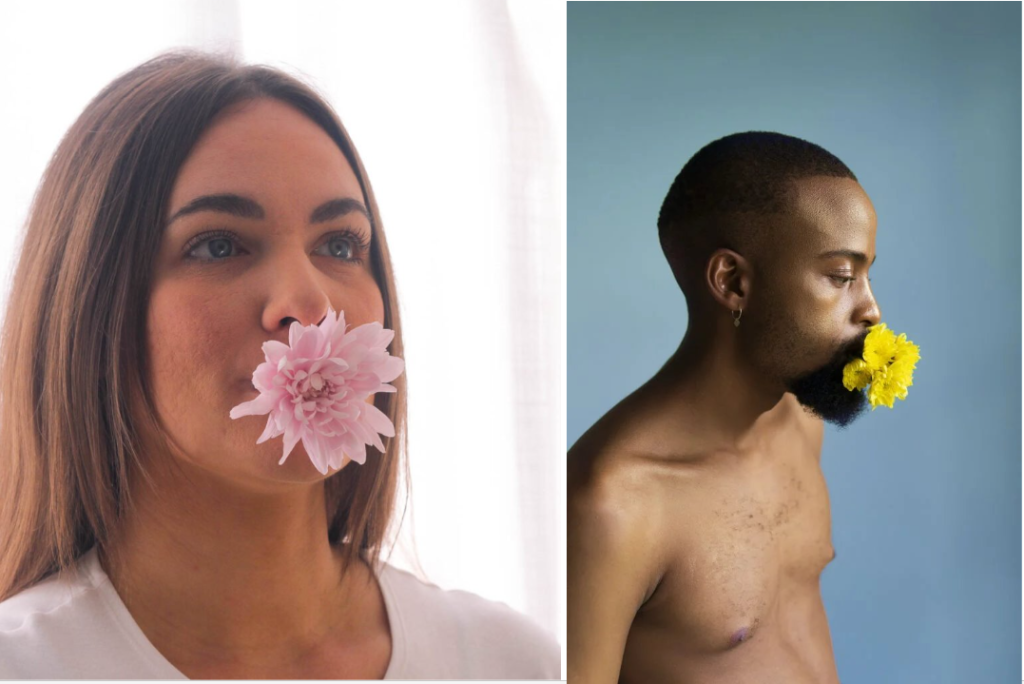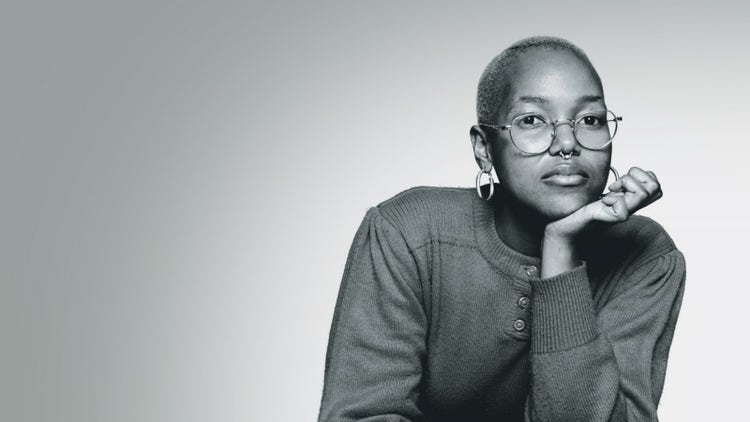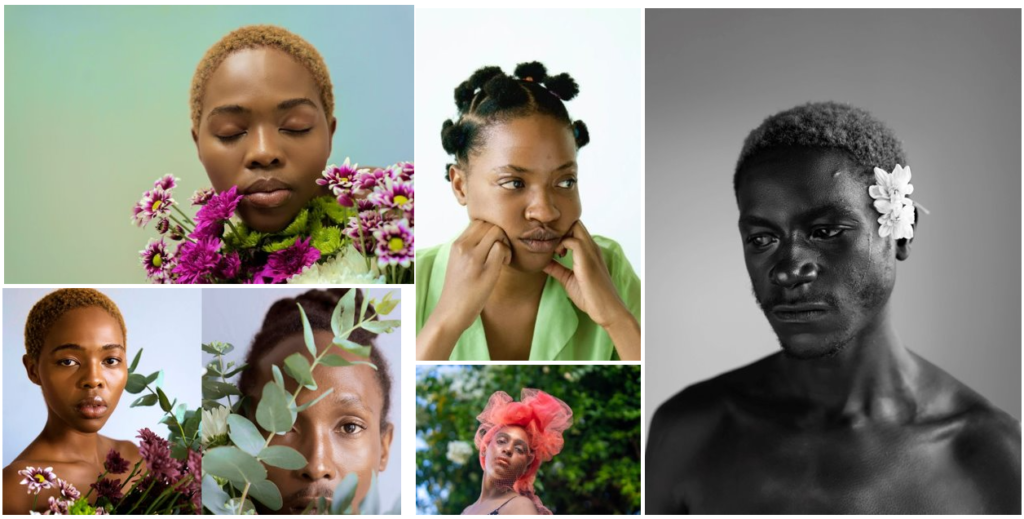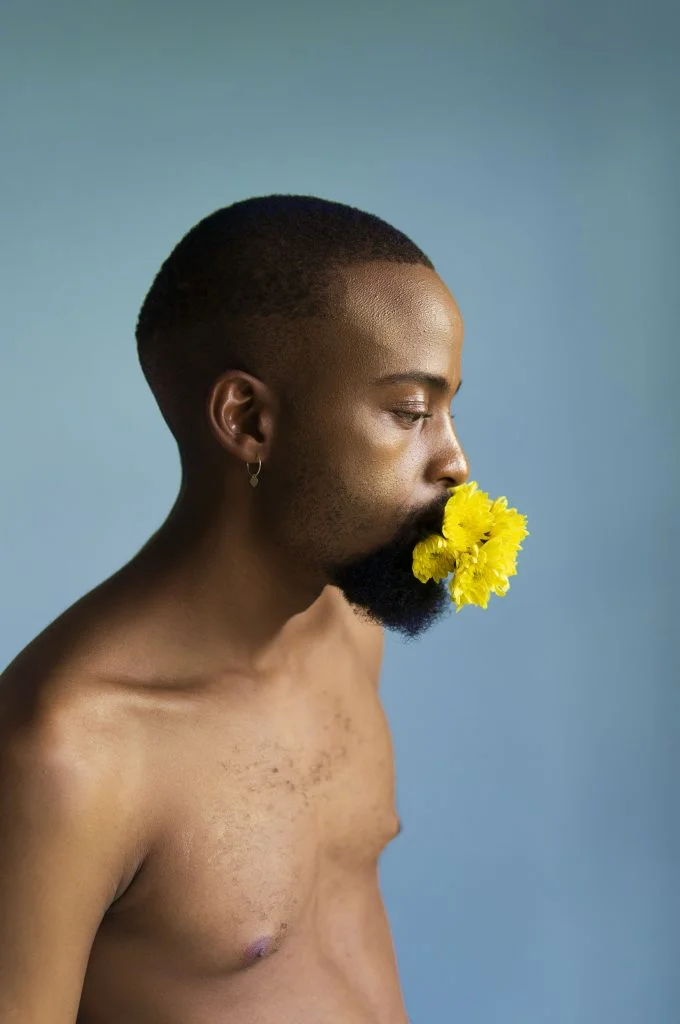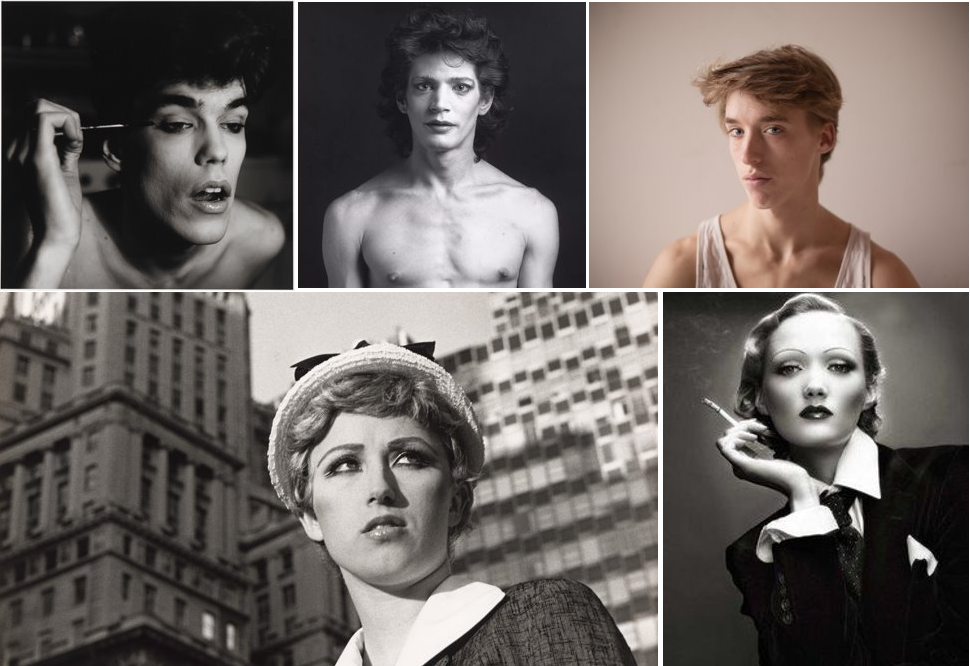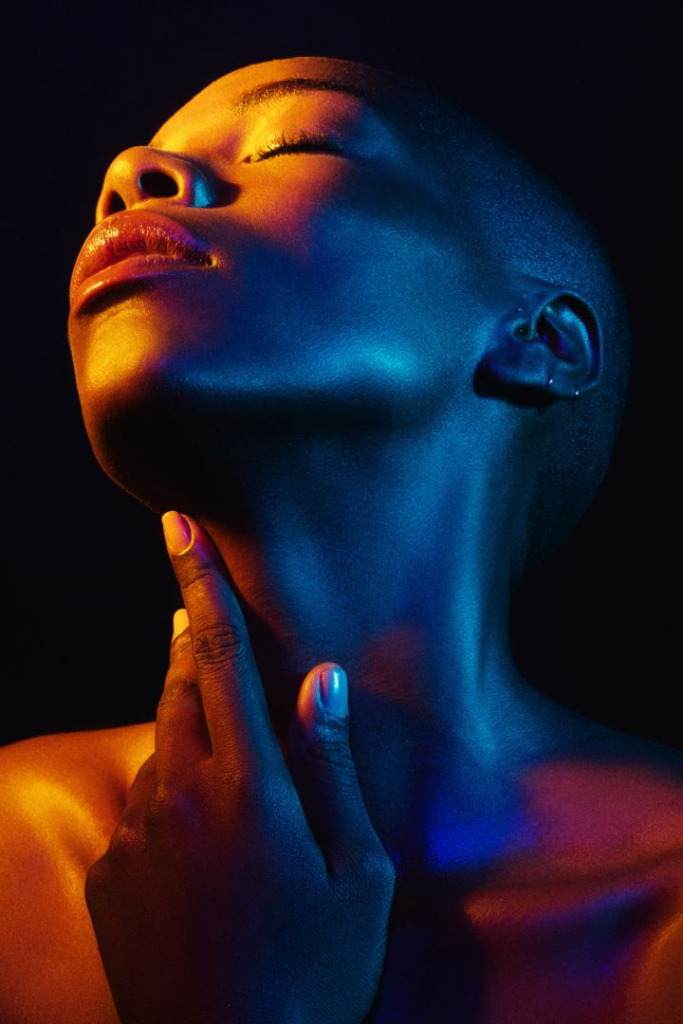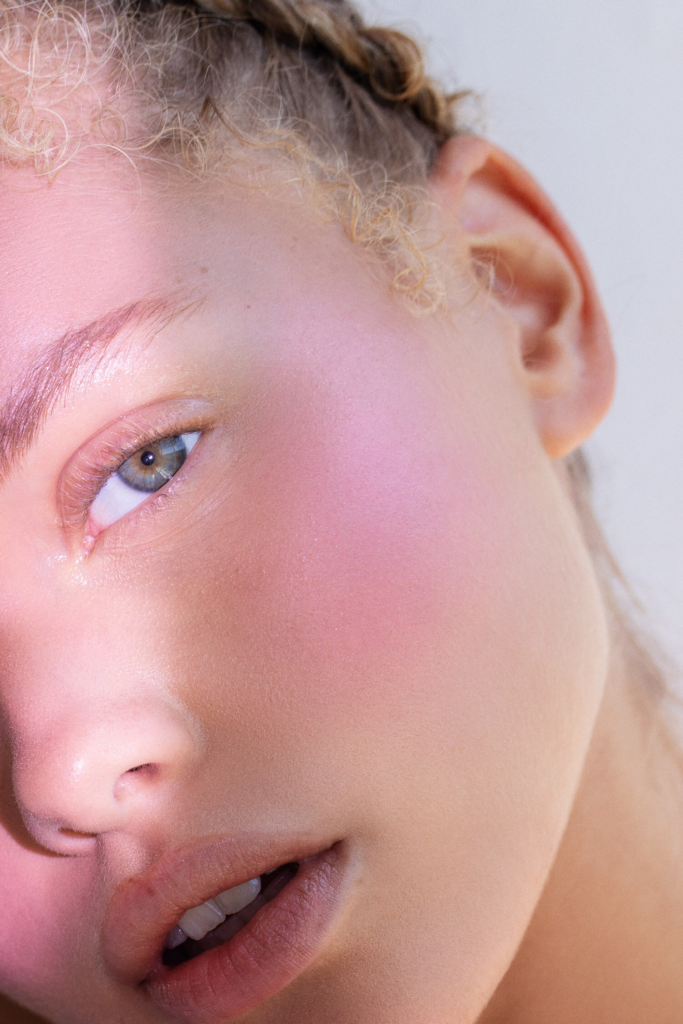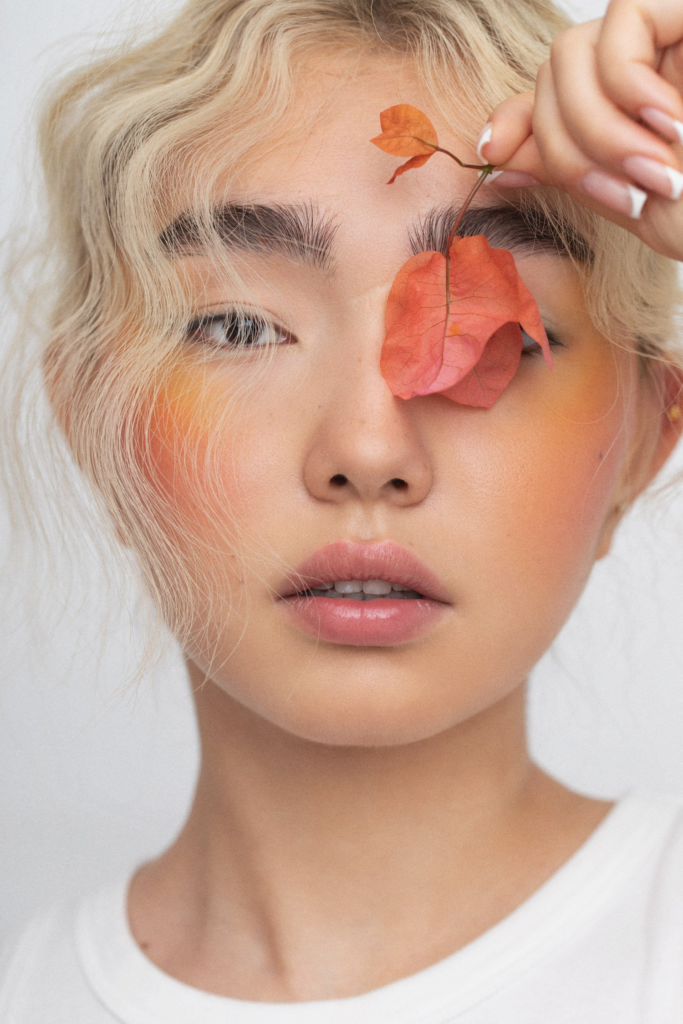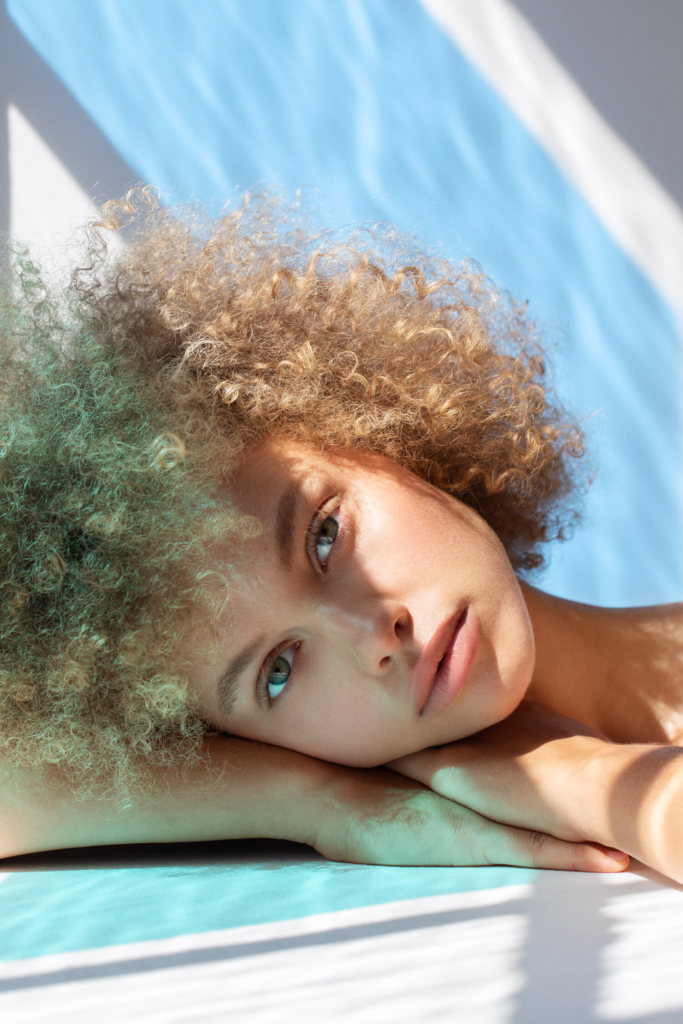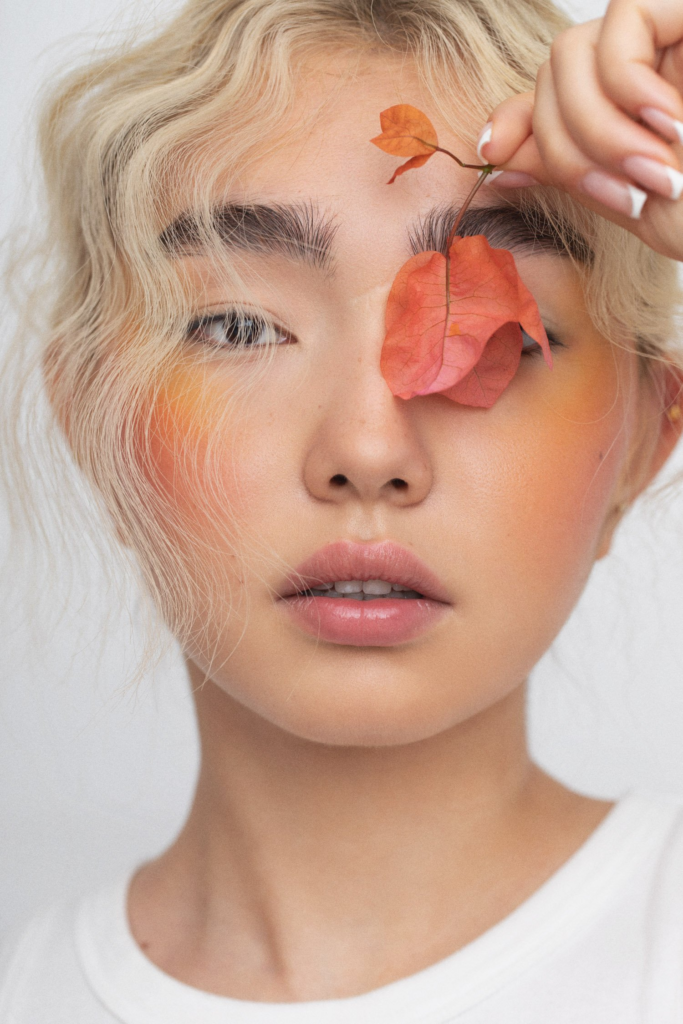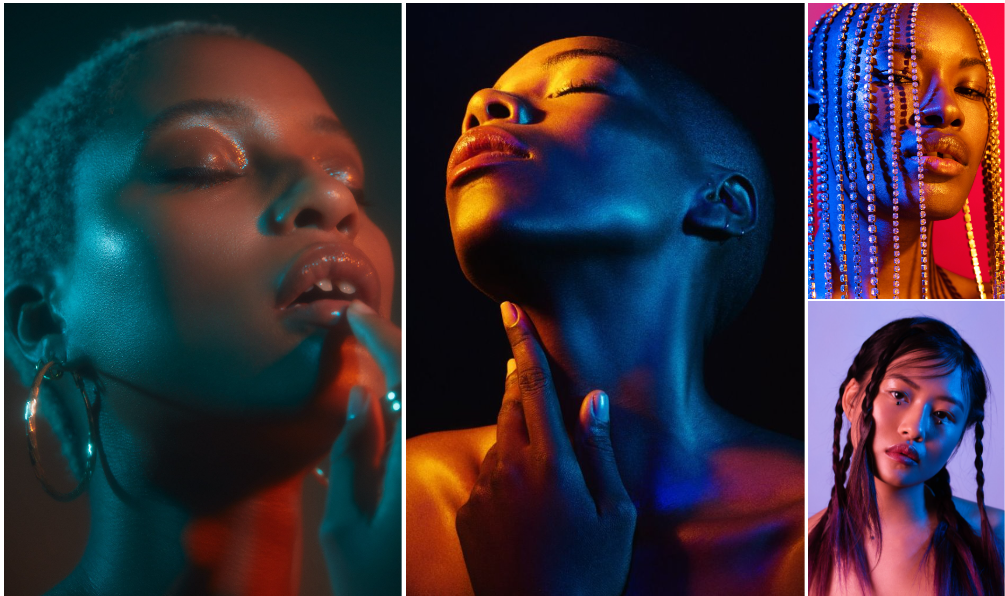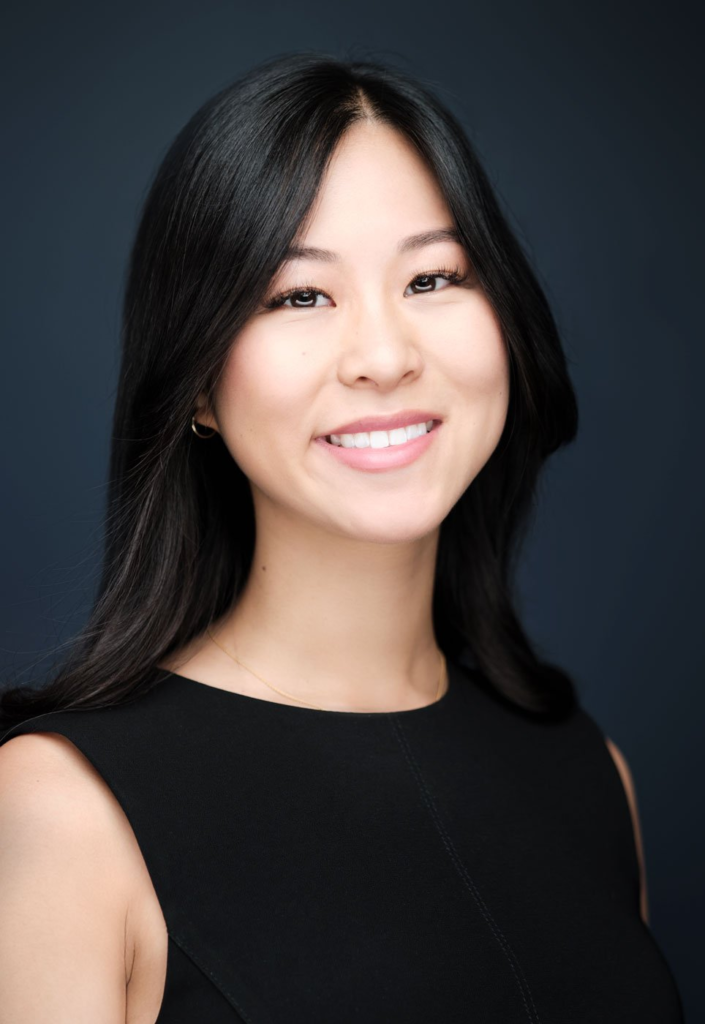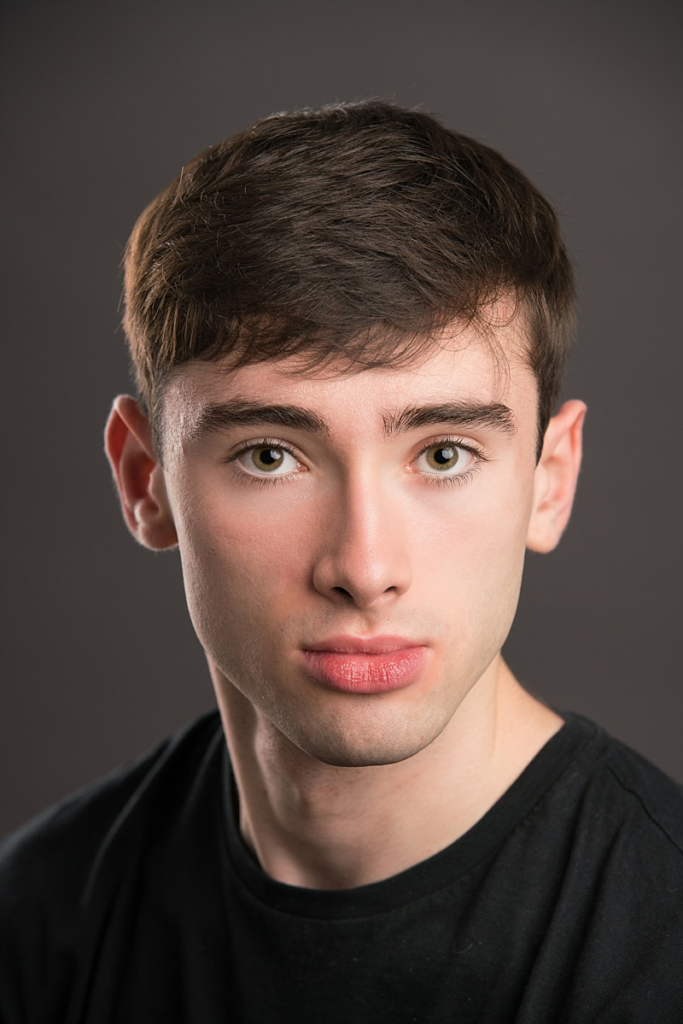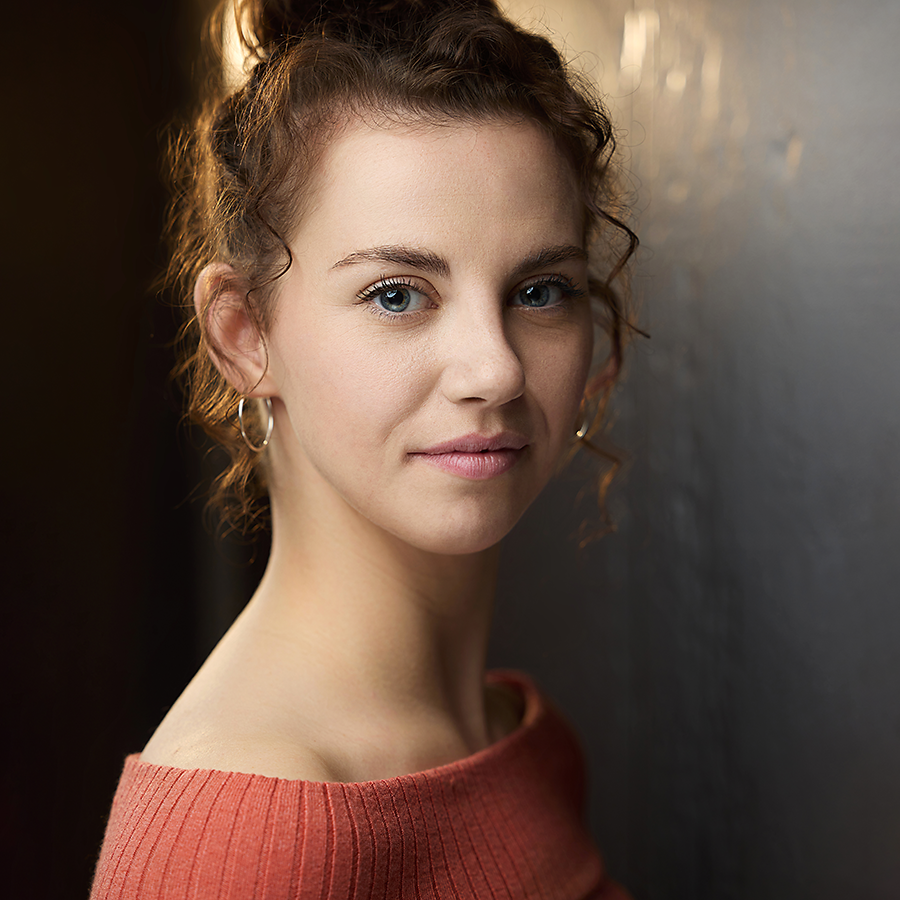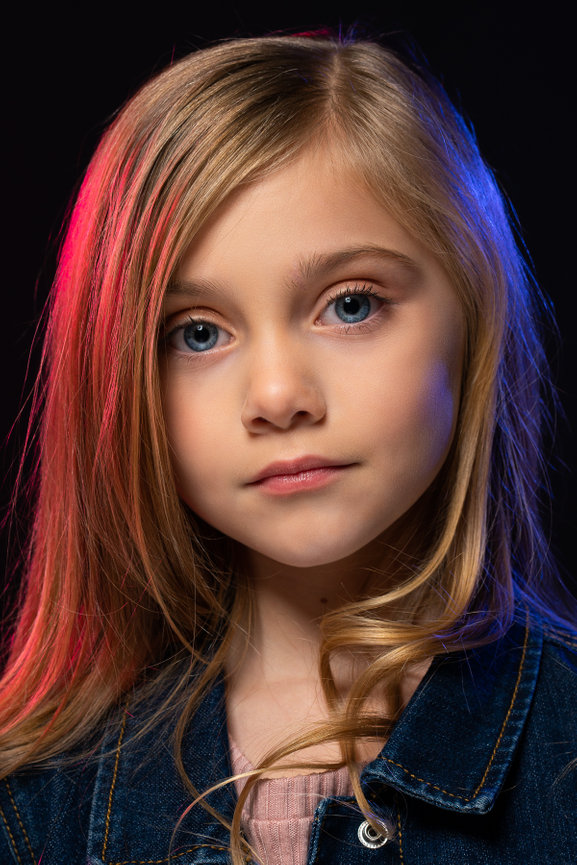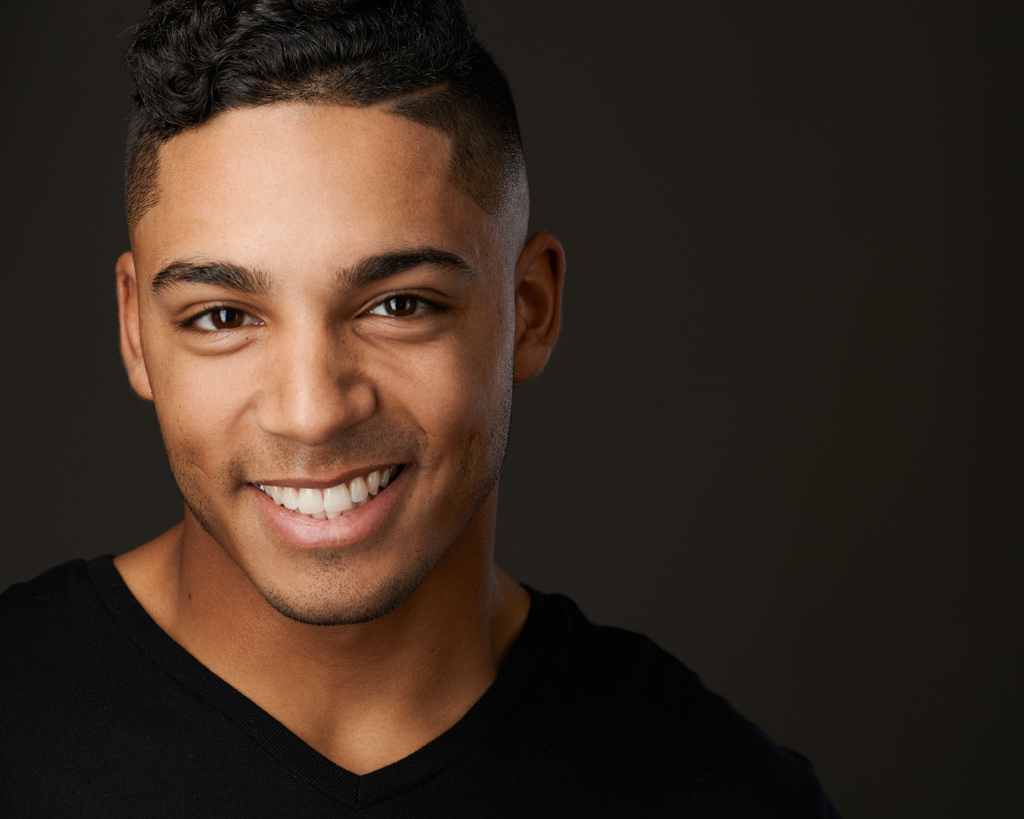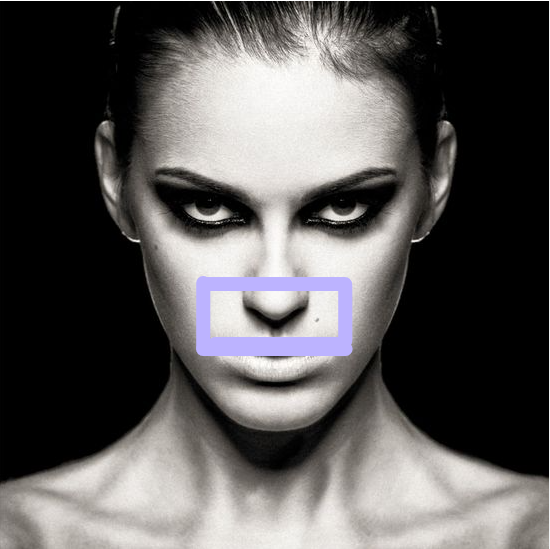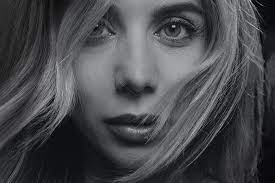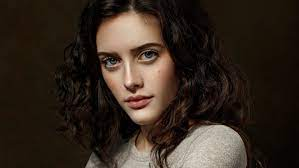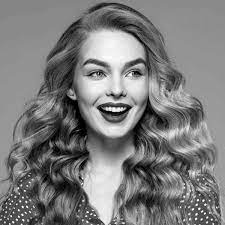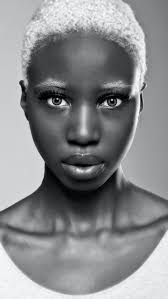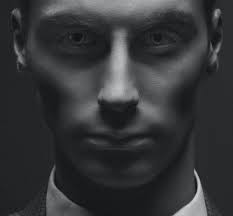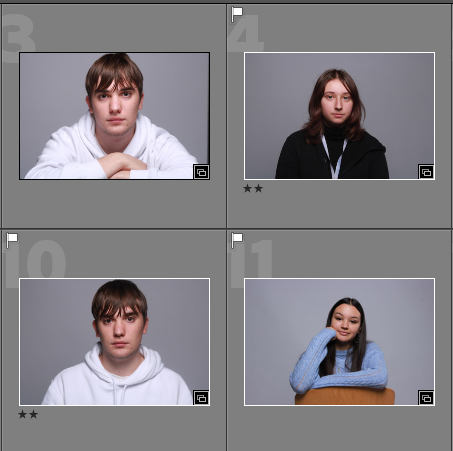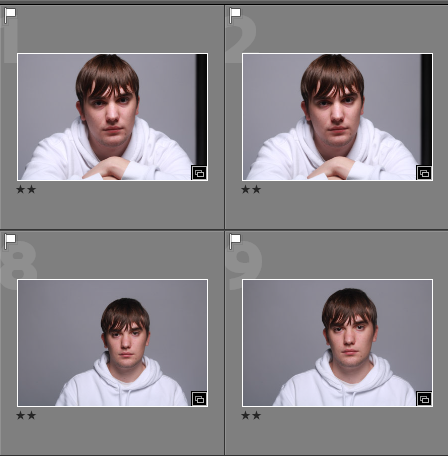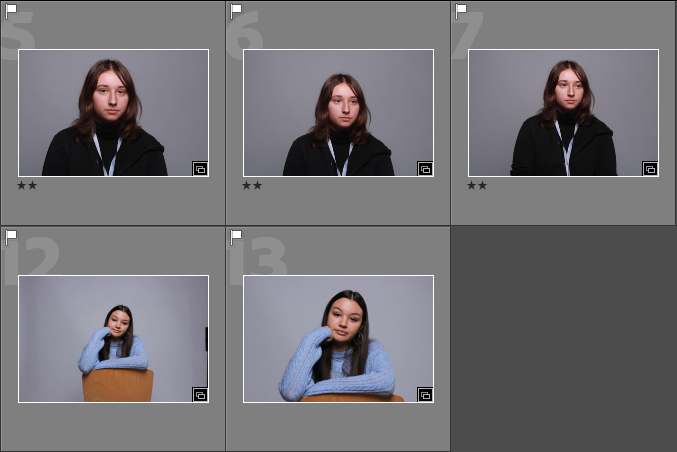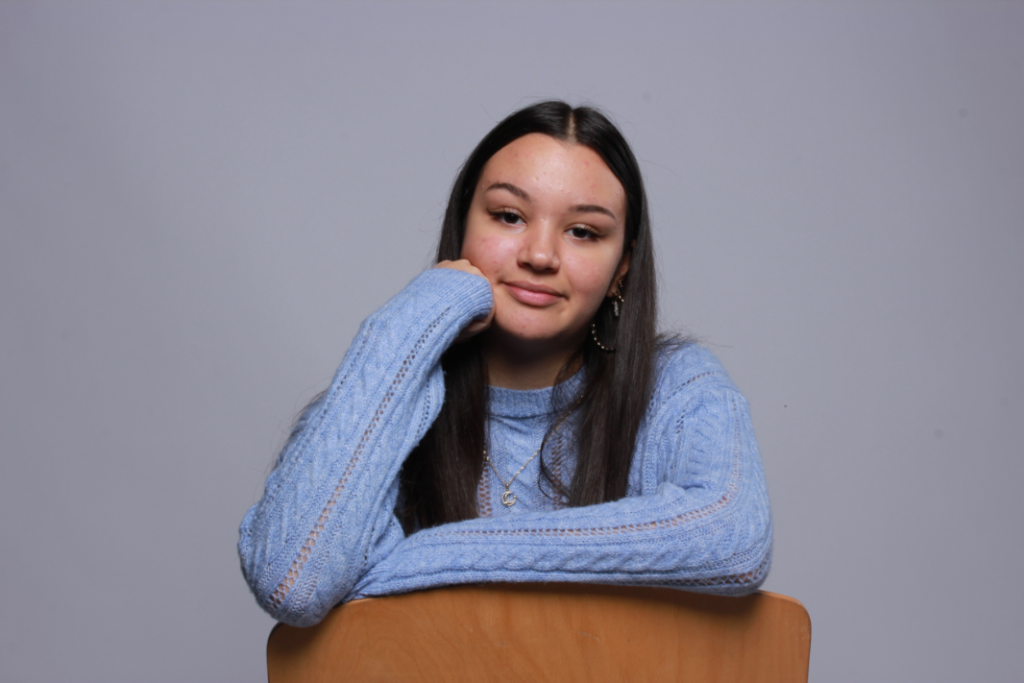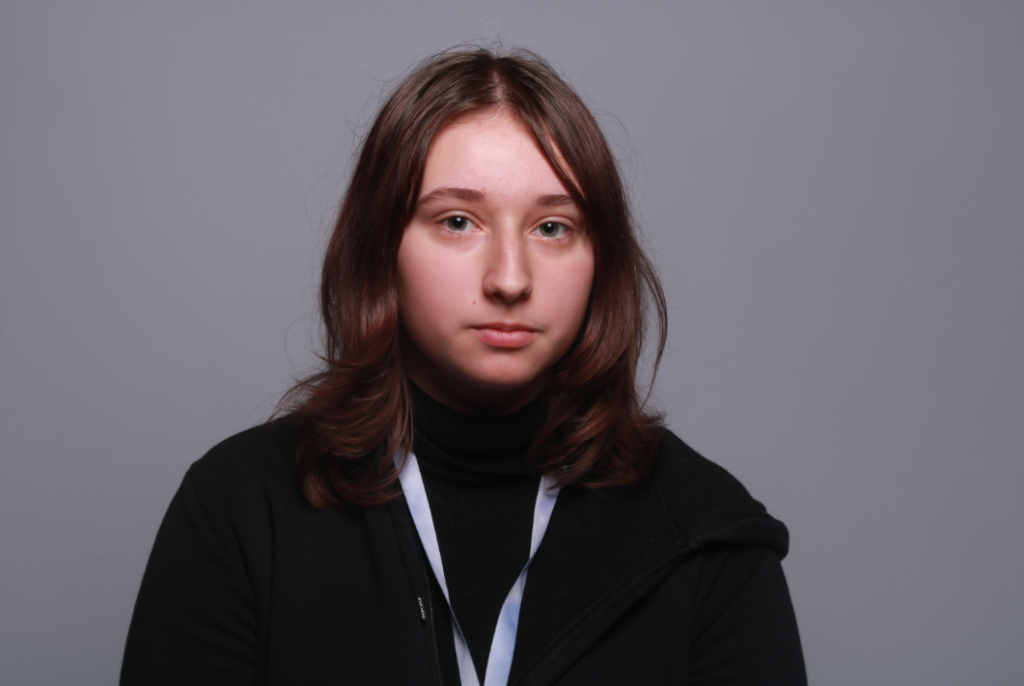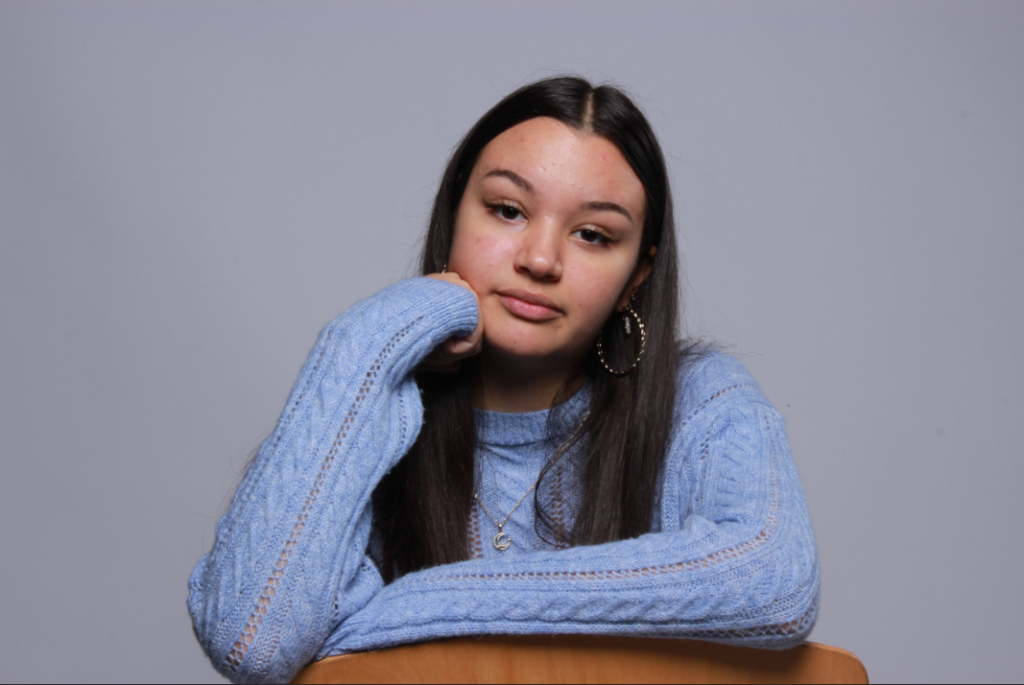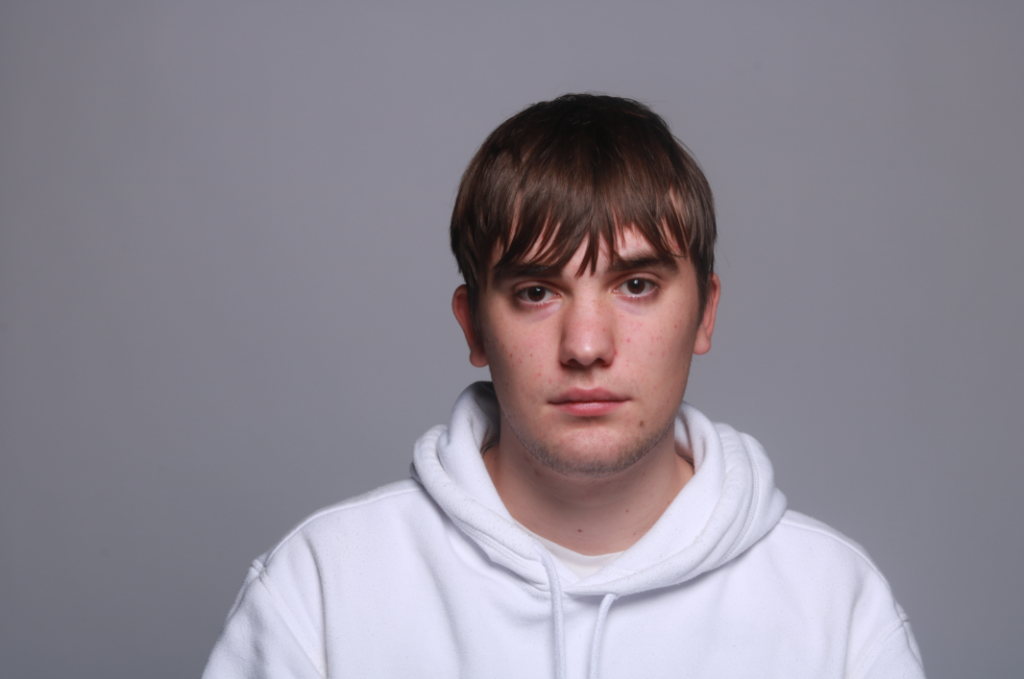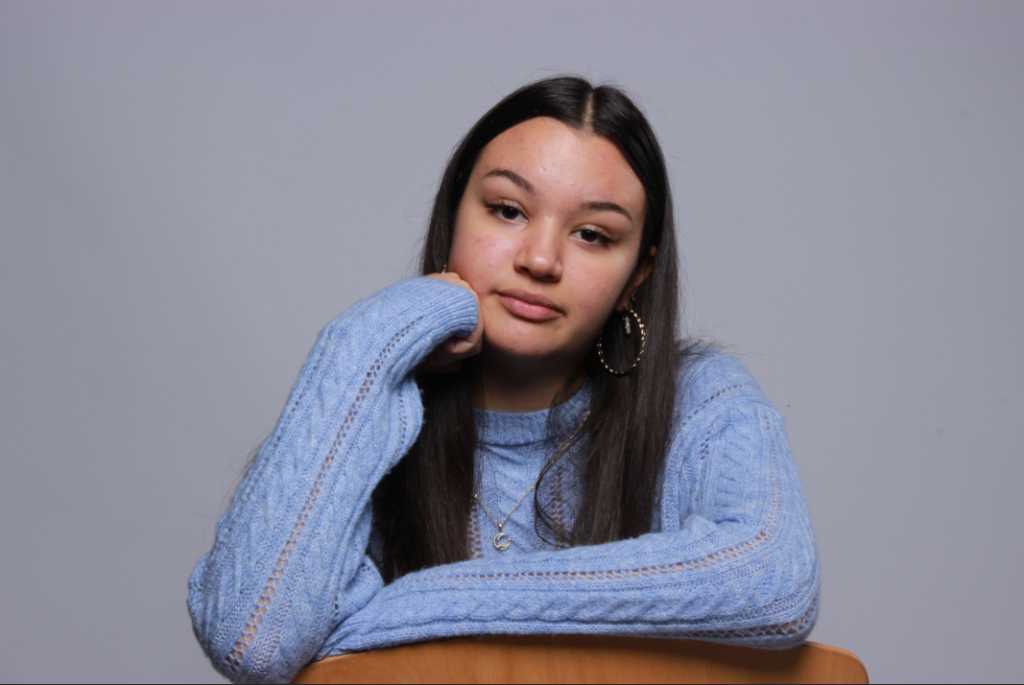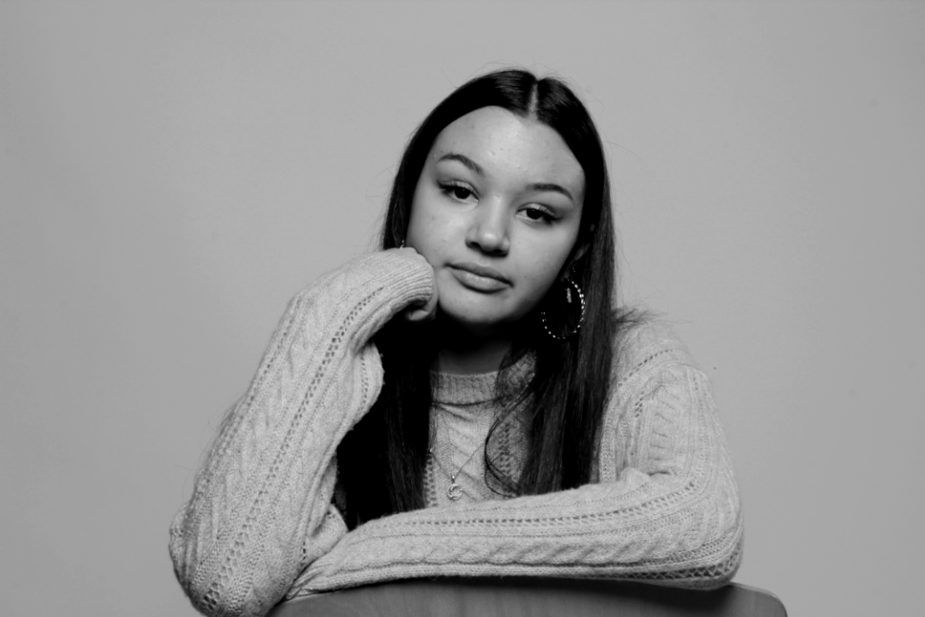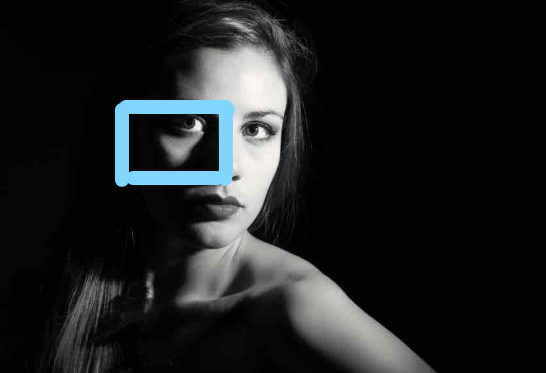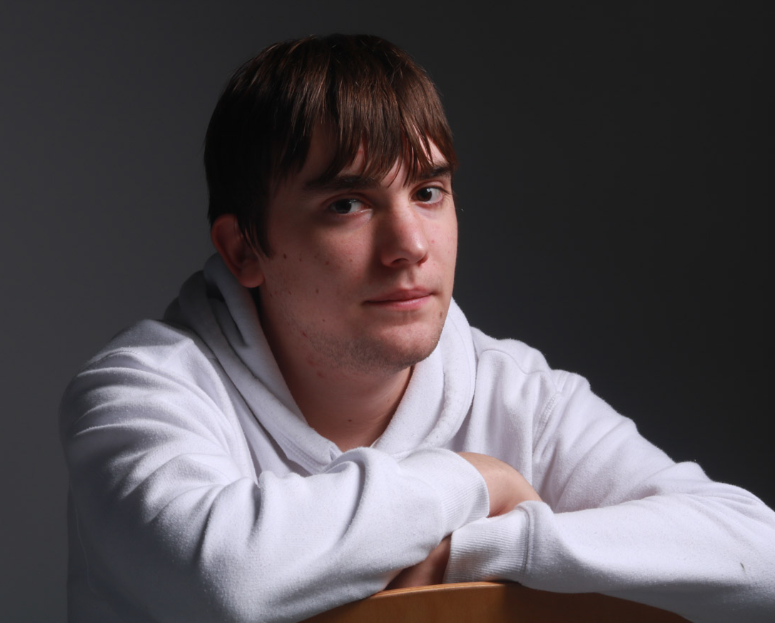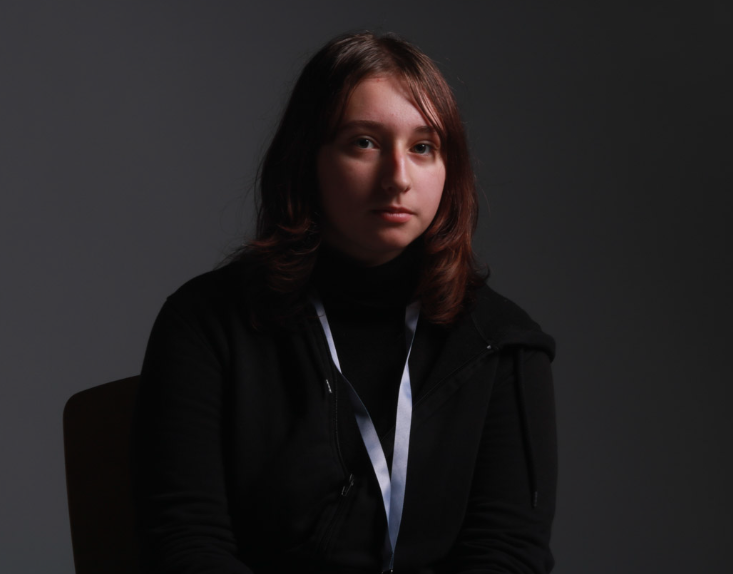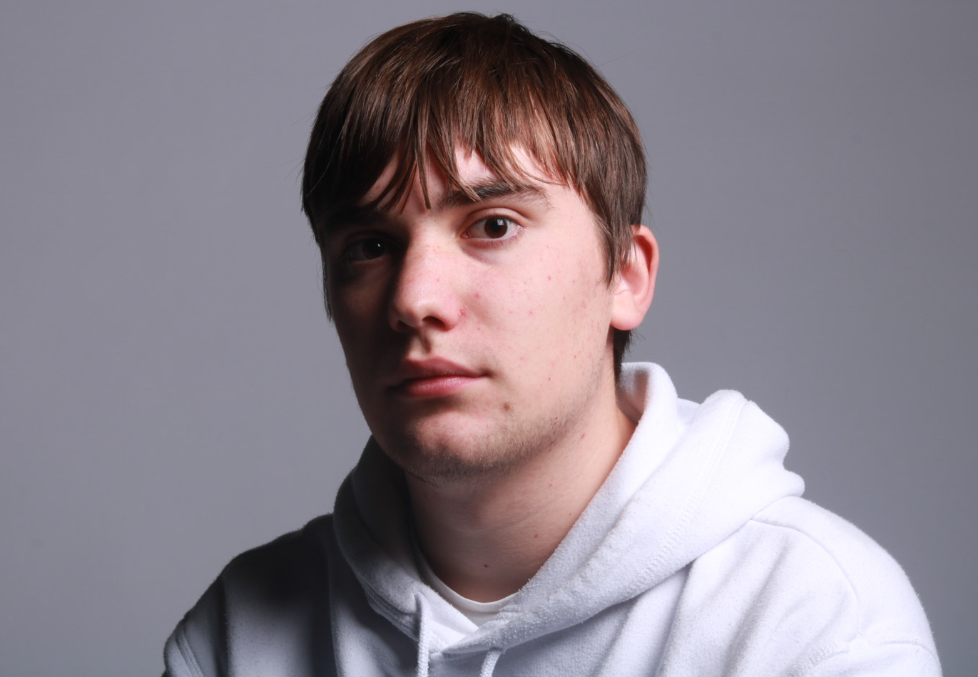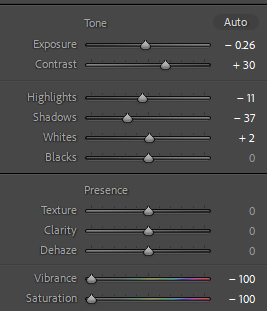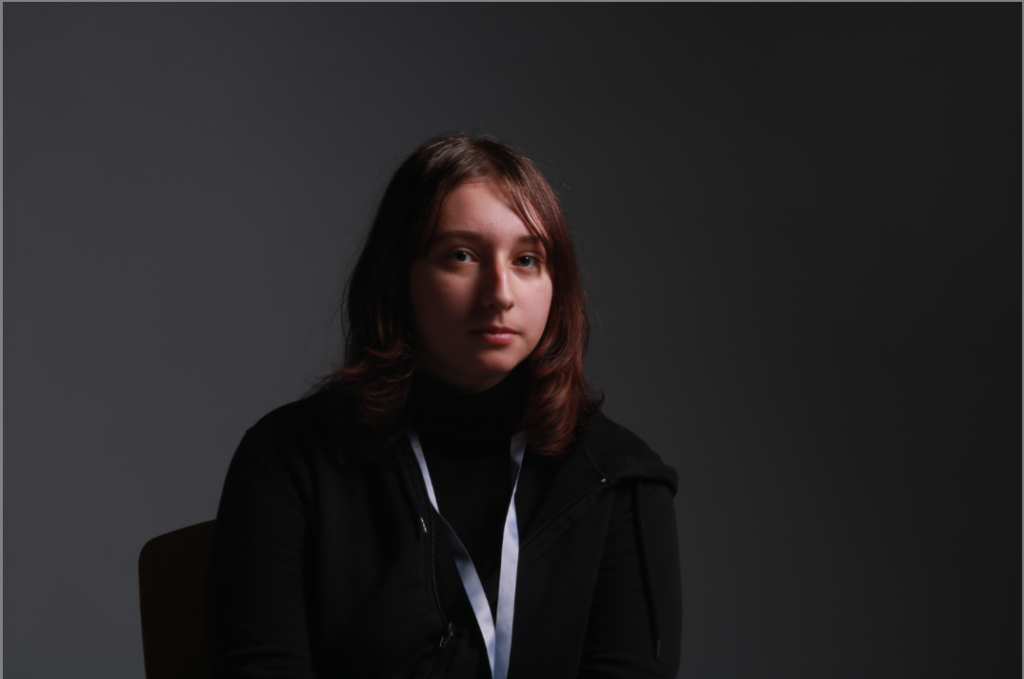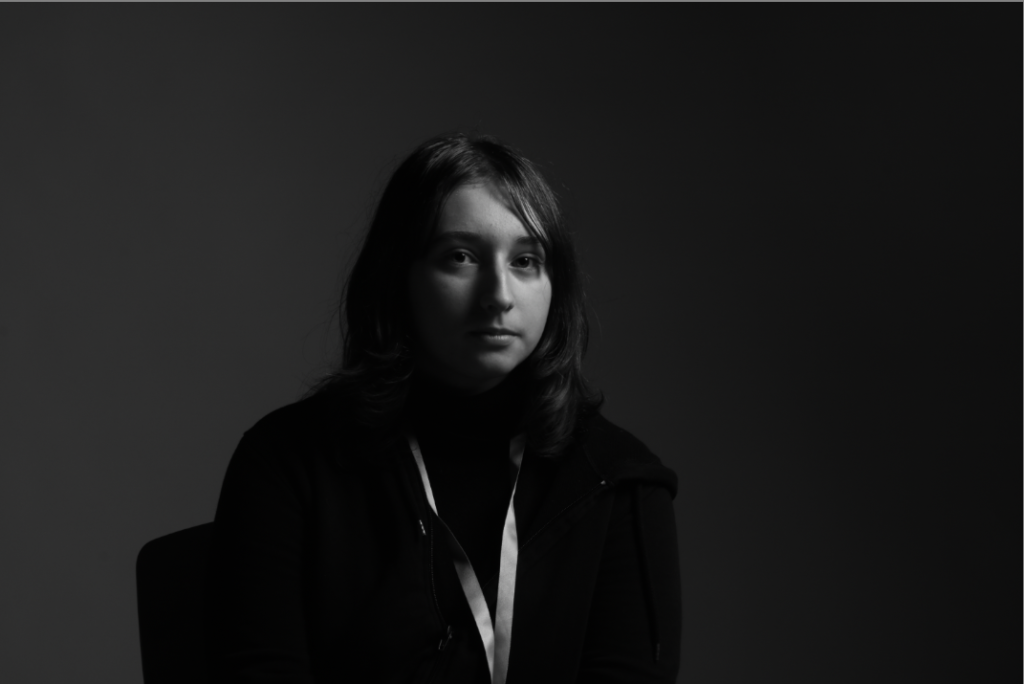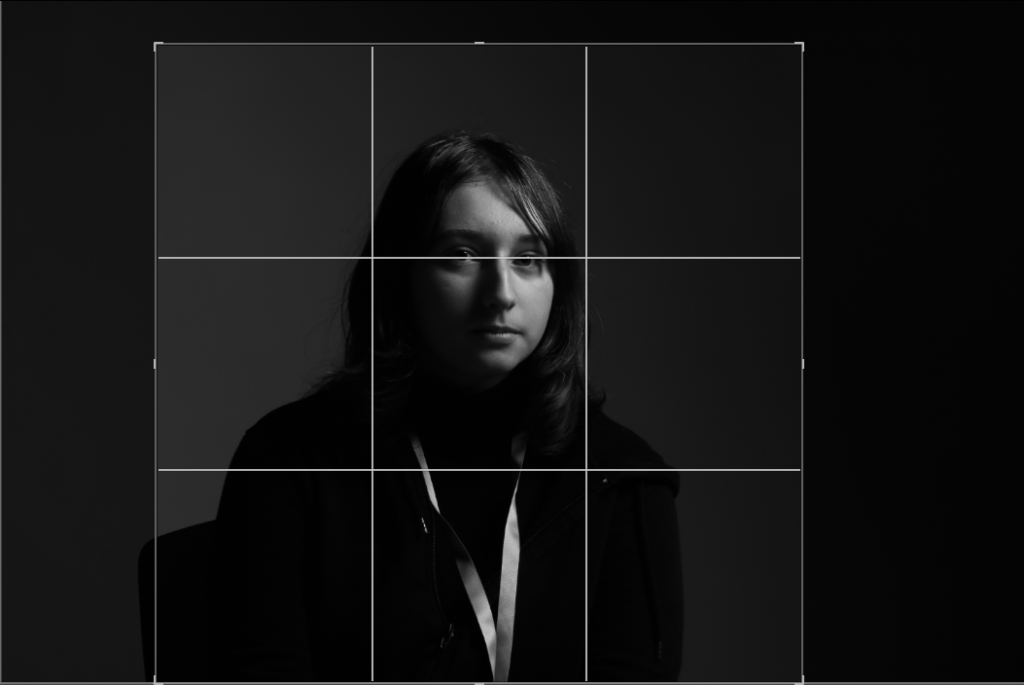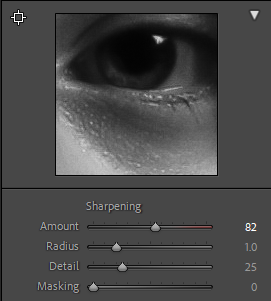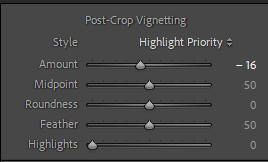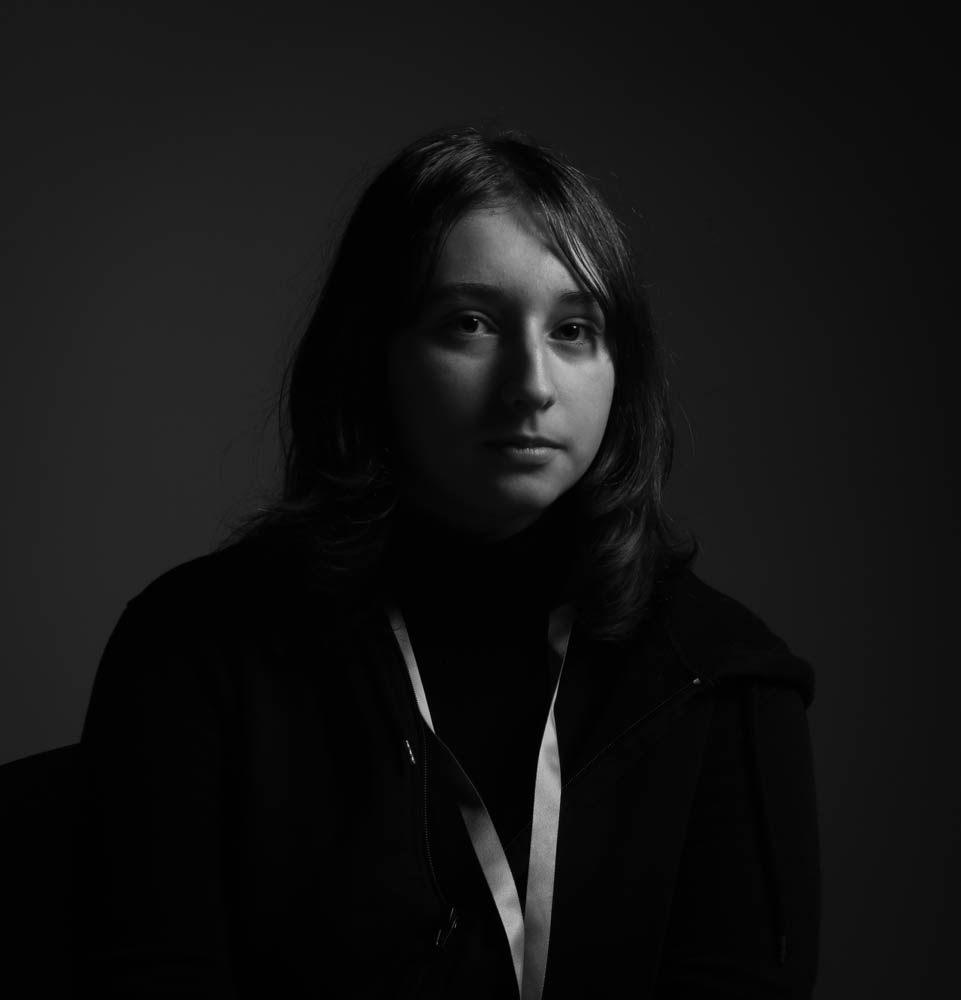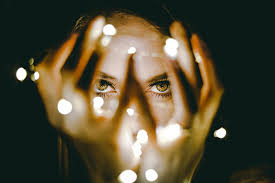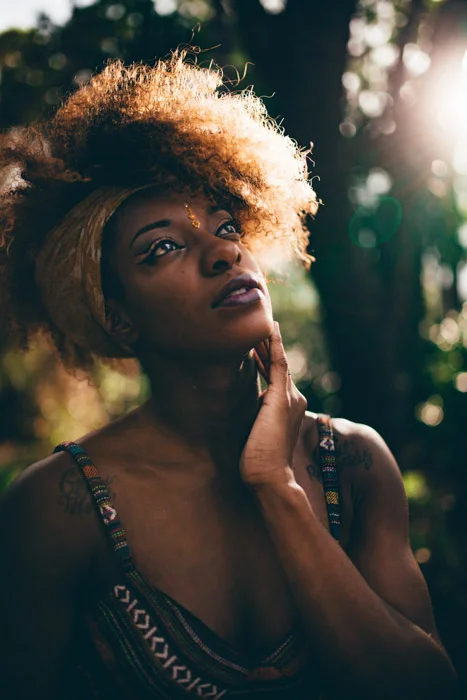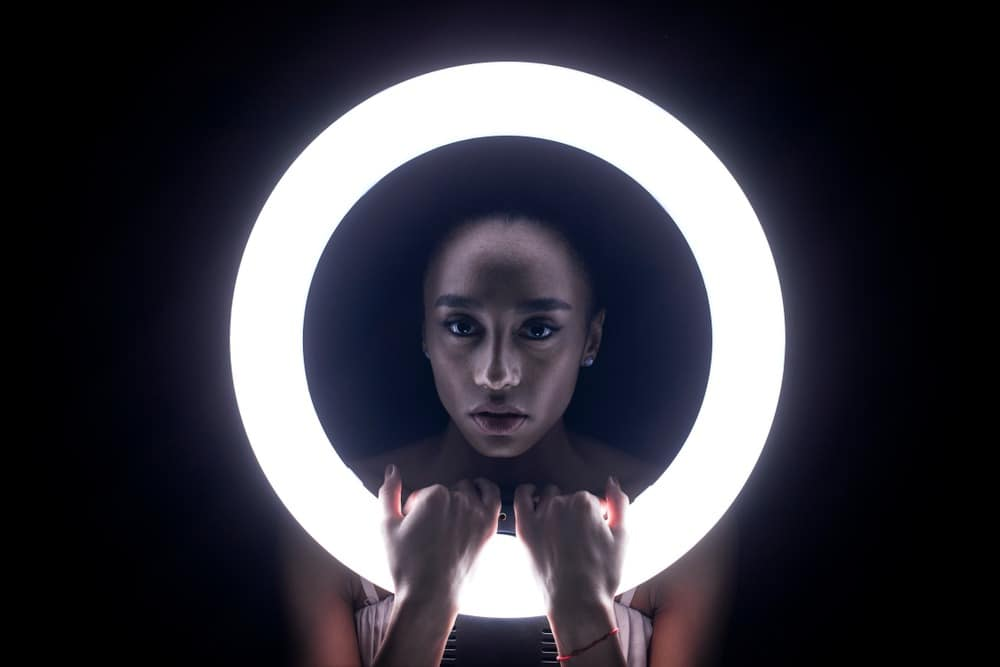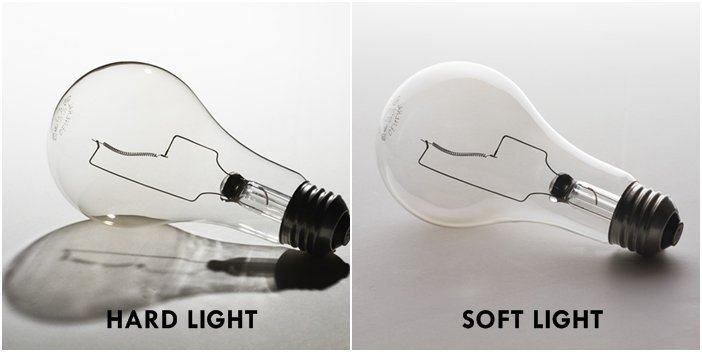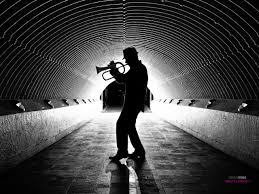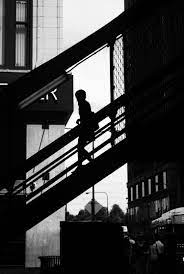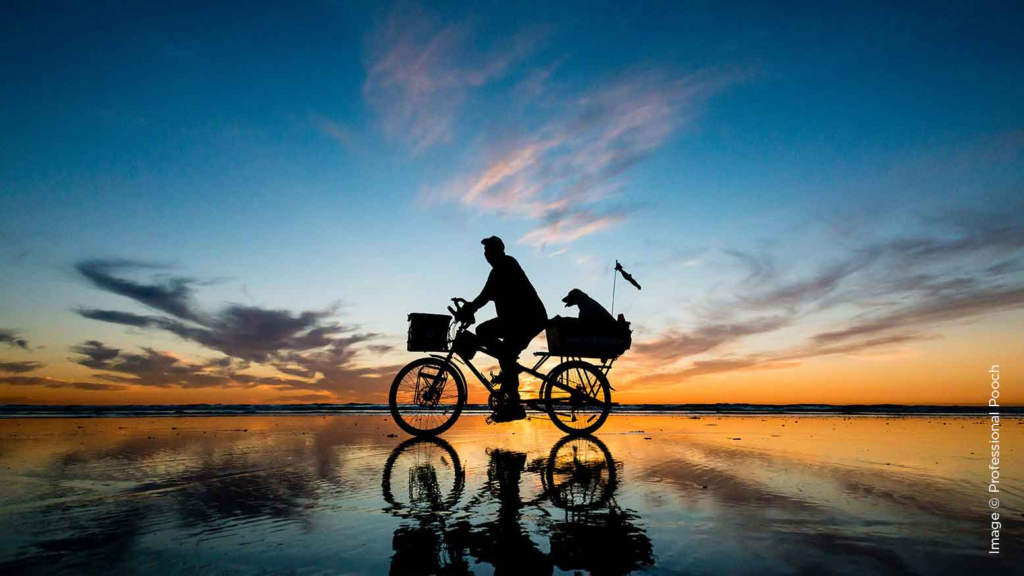Photoshoot 1
During this photoshoot I took photos of my model doing daily house tasks as well as stereotypical feminine things such as putting makeup on. My aim was to create similar photos to Cindy Sherman’s, to make them even more alike I will adjust them to make them black and white by using Lightroom. I took these photos using artificial lighting.


I used labelled my photos using black (bad) and white (good) flags in order to make the editing and selecting process easier.
Best unedited photos:
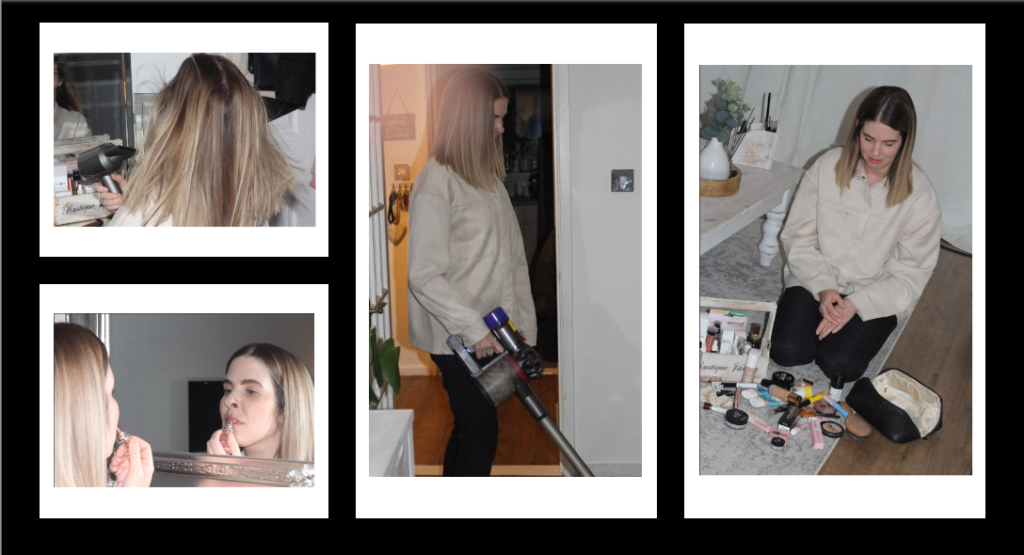
Editing
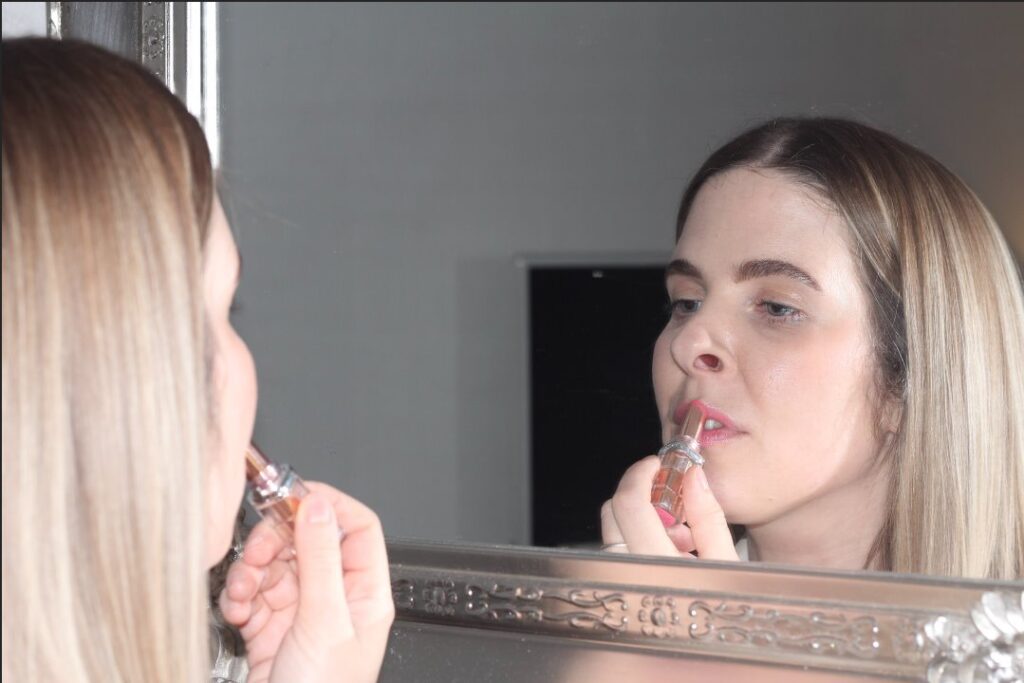

I began by decreasing the exposure as the original photo was slightly over exposed. Next I changed the vibrancy to -100 to remove the colour from the photo, I chose to use the vibrancy tool rather than the saturation tool as it looked better. Then I used the effects to add a grainy texture to the photo similar to Cindy Sherman’s photos. I chose to then experiment by adding back the red coloured lipstick to the photograph and decided I liked it better with the pop of colour rather than the plain black and white version.
Final outcome:
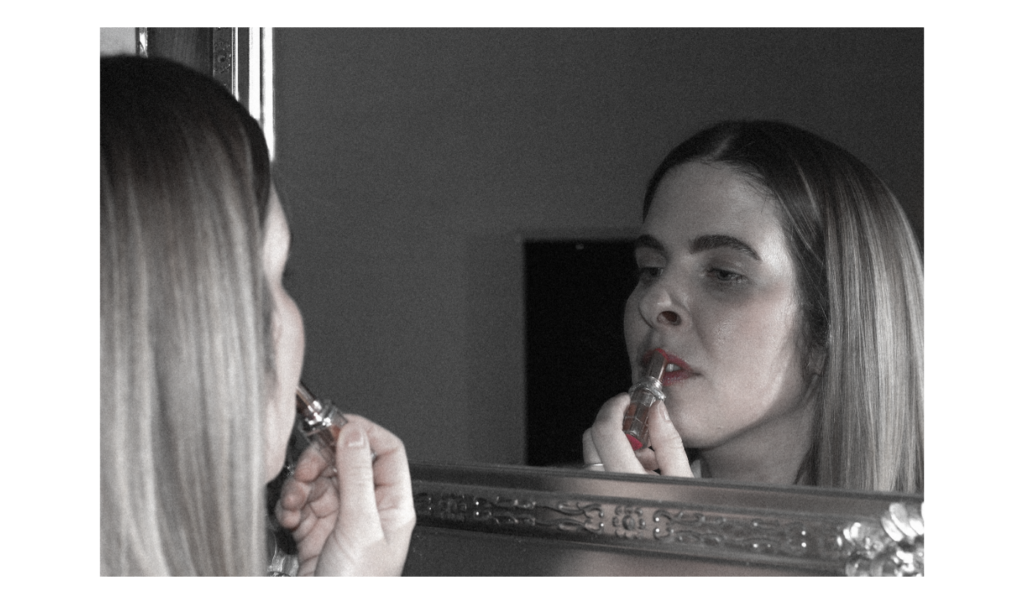
Photoshoot 2
For my second photoshoot I chose to take photographs in natural lighting. I also used a different model and photographed different tasks. I labelled each photograph with either a white (good) or black (bad) flag.


Best photos:
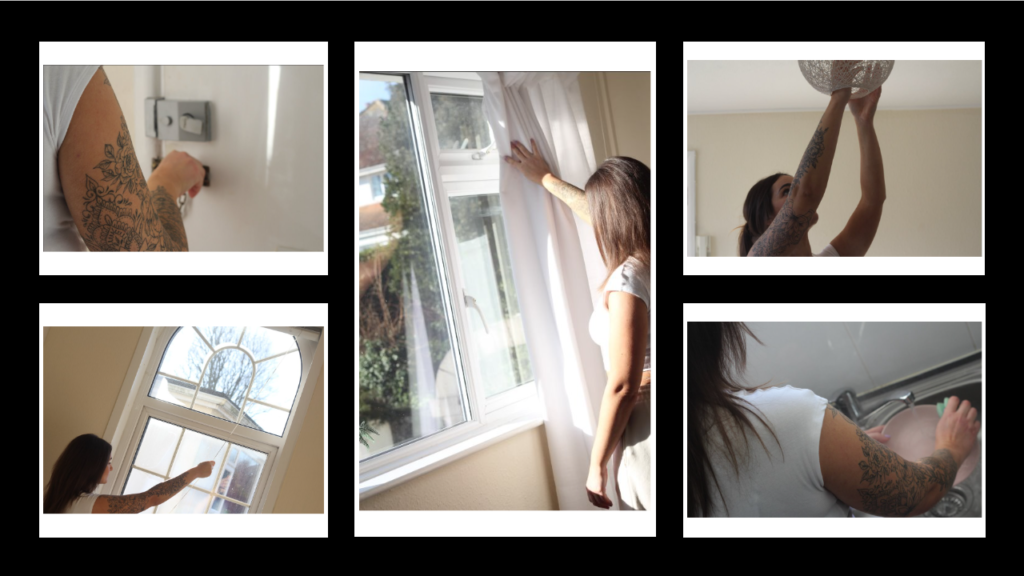
Editing:
Edit 1:
Original photo:



Final outcome:

I used photoshop to further edit the photo. (overlay)
Edit 2:
Original photo before editing:

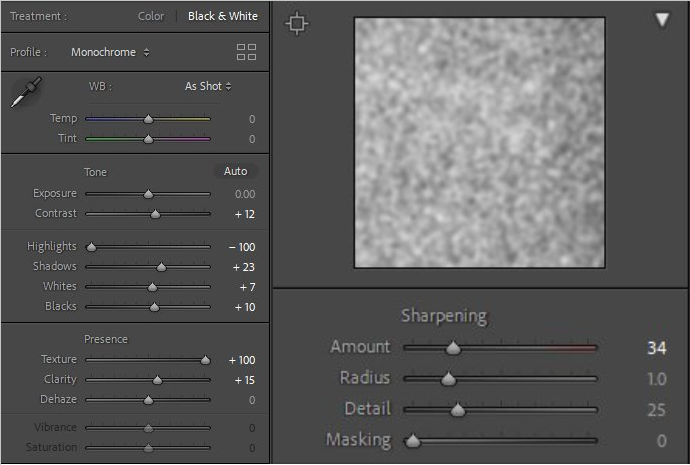
I wanted to create a grainy texture in this photo therefore I increased the texture and sharpness. I did this as Sherman’s photos often have a grainy look to them making them look older.
Using the settings I then made a pre-set so that I am able to edit my other photos in the same way to create a similar set of images inspired by Cindy Sherman’s ‘untitled film stills’.

Final outcome:
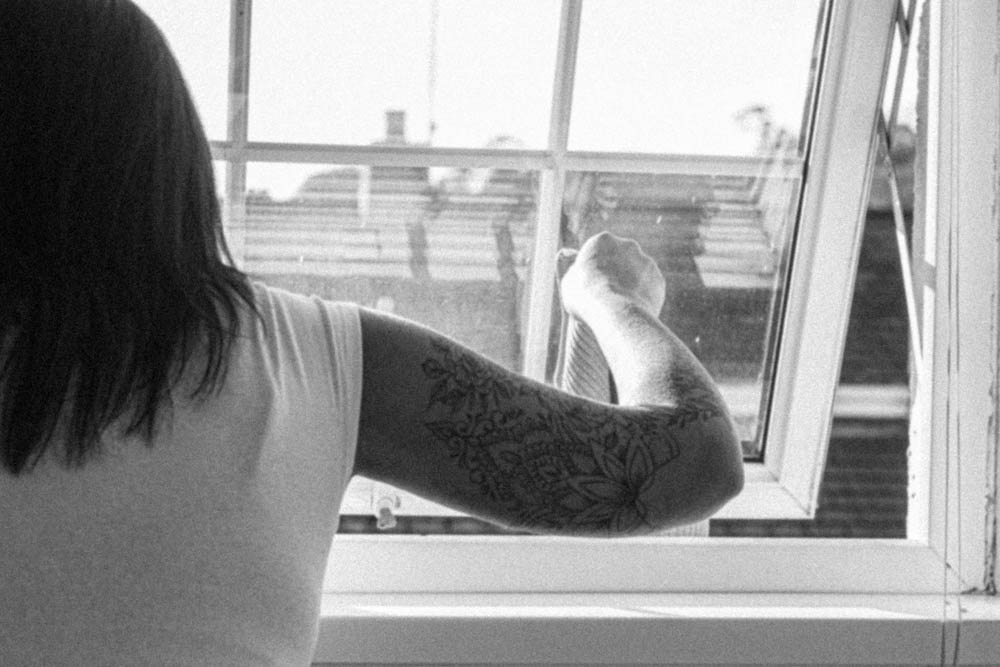
In this photo the model is shaking a cloth out of the window which implies she has just done some cleaning. The flower tattoo on the models arm gives a look of femininity, due to flowers being largely associated with women, as well as masculinity as people believe that it is often men that get larger tattoos rather than women. The fact that the model is looking away from the camera gives the impression that she is unaware of the camera being there or as if it is taken from a film, which is just like Sherman’s work. The panels of the window not only add detail to the photo but they also create interesting shapes by altering the view that you see through the glass.





